Last week, a school event gave us a nice long five-day weekend. We took advantage of the time to visit the metropolis of Osaka and Kyoto in Japan’s central Kansai region. This will be the first of a series of posts since we packed a LOT of activities into those five days. Plus, a new feature… read to the end to find out more!
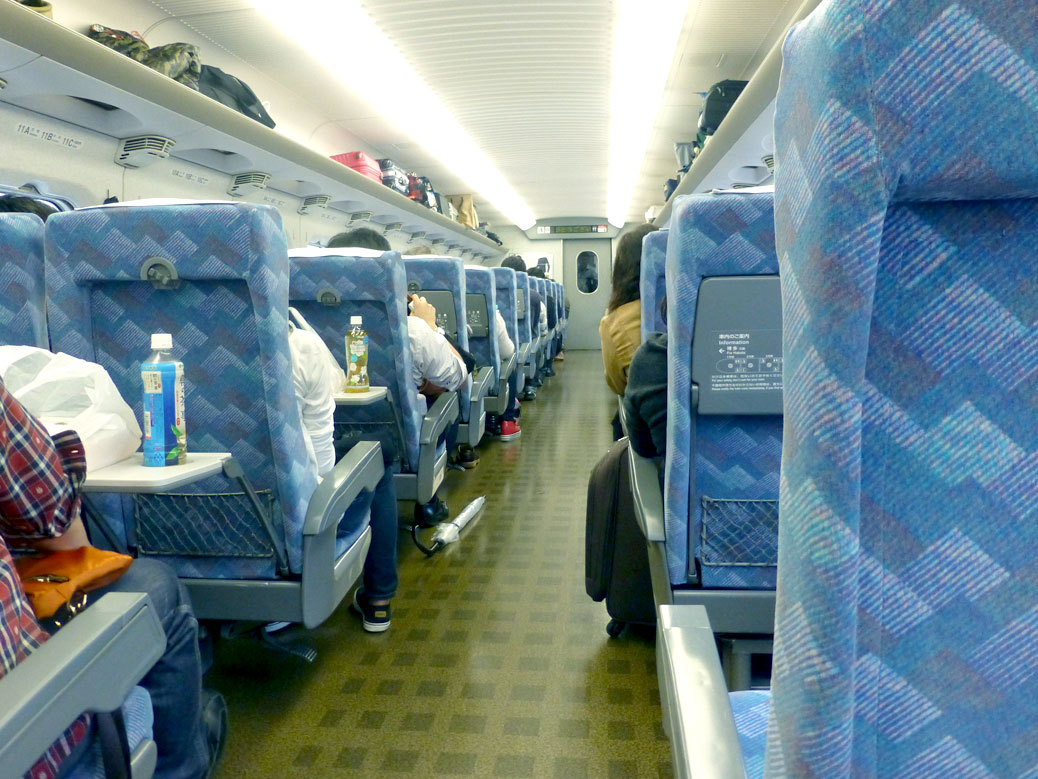
We were excited about our first real Shinkansen (bullet train) trip, which covered the 500 km trip from Tokyo to Osaka in about 2 1/2 hours. Technically, the train to Narita Airport in Chiba is a Shinkansen, but it doesn’t really reach the speeds that the Nozomi trains do.
The Shinkansen culture is an experience in itself. There is a definite sense of velocity, especially once you get out of the Tokyo metropolitan area and are speeding along the southern edge of Honshu. The train feels like a much more comfortable airplane. The seats recline to a healthy 45 degrees, but with ample legroom, you don’t feel cramped by the seat in front of you. Spacious airplane-style restrooms are located in between the cars and train staff bring a cart through offering snacks and drinks.

Many of the riders brought their own bento (boxed lunch) with them, which could be readily purchased at the train station. 1,000 yen (a little under $9 USD) will get you a large bento and a tall-boy can of Japanese beer. We had our American bento—a couple peanut butter and jelly sandwiches with potato chips.
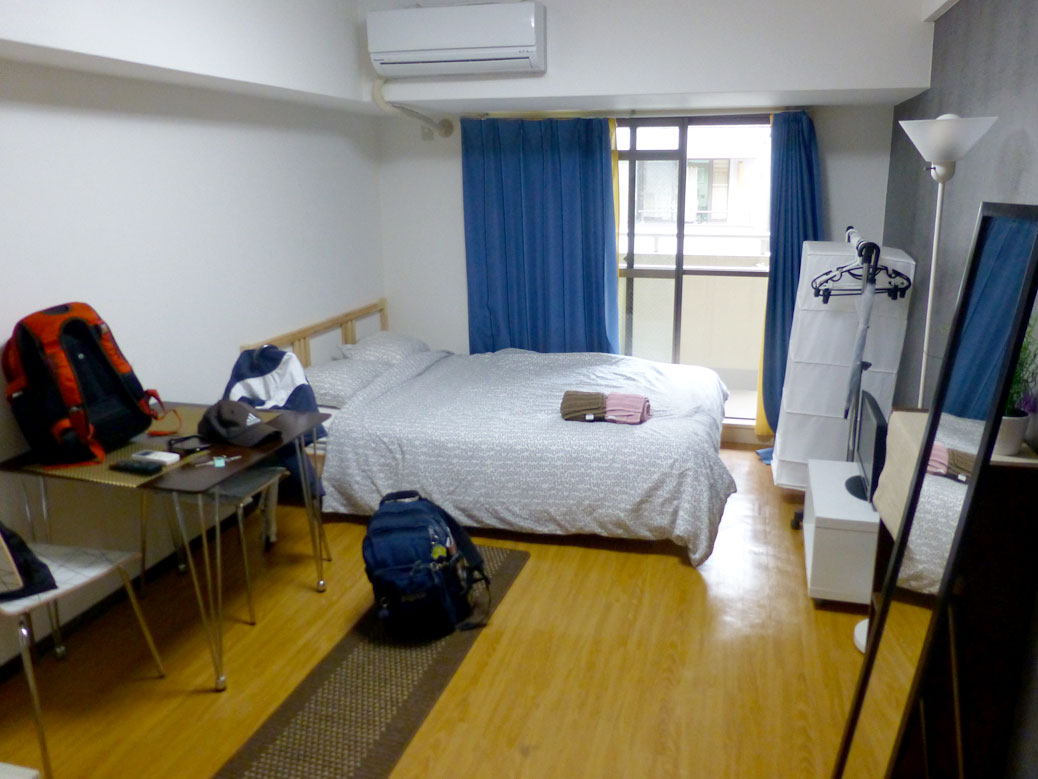
We would have two days to see what Osaka had to offer. We dropped our bags at the apartment we found on Airbnb. If you haven’t tried it yet, Airbnb is a great way to find low-cost places to stay all over the world (I feel like they should pay me for that statement…). The apartment was comfortable and centrally located between three main train lines, making it easy to navigate the city.
While the PB&J was a nice train treat, it was time for a proper lunch. We headed down to the Japan we’ve all seen on television—Dōtonbori. At night, the popular tourist district lights up with neon and video (more on that later), but it’s pretty impressive during the day too.
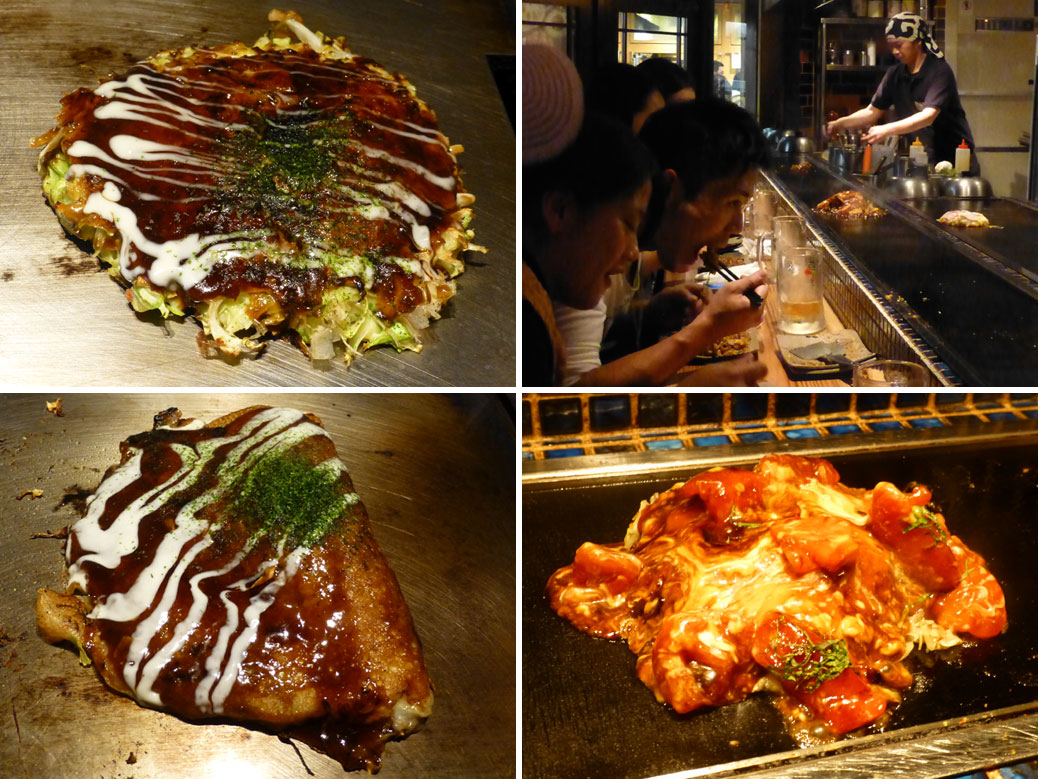
Osaka is famous for its okonomiyaki. Okonomiyaki is basically a savory pancake. Each region of Japan does it a little differently, but Osaka-style is the most common in Japan. The batter is made from grated yam, flour, eggs and cabbage, then it’s topped/mixed with a variety of ingredients. Walking through Dōtonbori, there was no shortage of places offering up this Japanese soul food. We ended up lunching at Takohachi, more famous for its fried octopus balls (takoyaki), and dining at Kyo-Chabana after the line at the famous Mizuno didn’t move for 15 minutes.
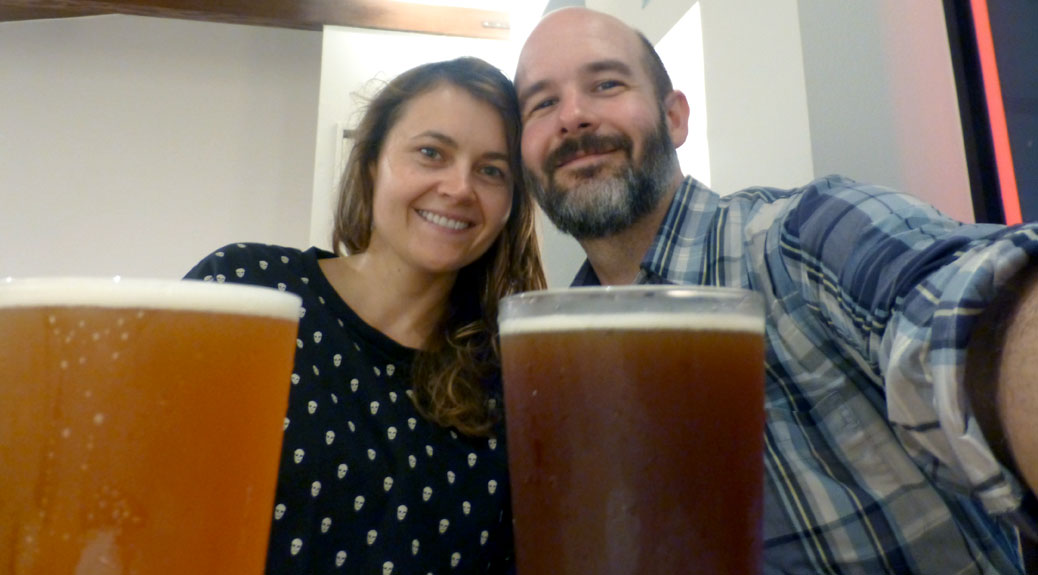
After lunch, we walked over to the National Bunraku Theater and bought tickets for an act of that evening’s show. We had a couple hours before the show started and hunted down a cool craft beer bar called Yellow Ape. I’d learned about it when I reached out to Newport, Oregon’s Rogue Ales to see where we could buy their Pumpkin Patch Ale in Tokyo. I’d expected a form message in reply at best, but instead I received a quick personal message and was put in touch with Phred, their distributor in Tokyo. Phred not only offered up some Tokyo locations, but told me the dates the beer would be on tap and suggested Yellow Ape while we were in Osaka. Rogue was already pretty cool in my book, but I was really impressed with the personal and super-helpful service.
It turned out Yellow Ape was close to our apartment. We stopped in before the bunraku performance and enjoyed a pint of the Pumpkin Patch Ale and an excellent Shonan Orange IPA from Kanagawa’s Kumazawa Brewing.
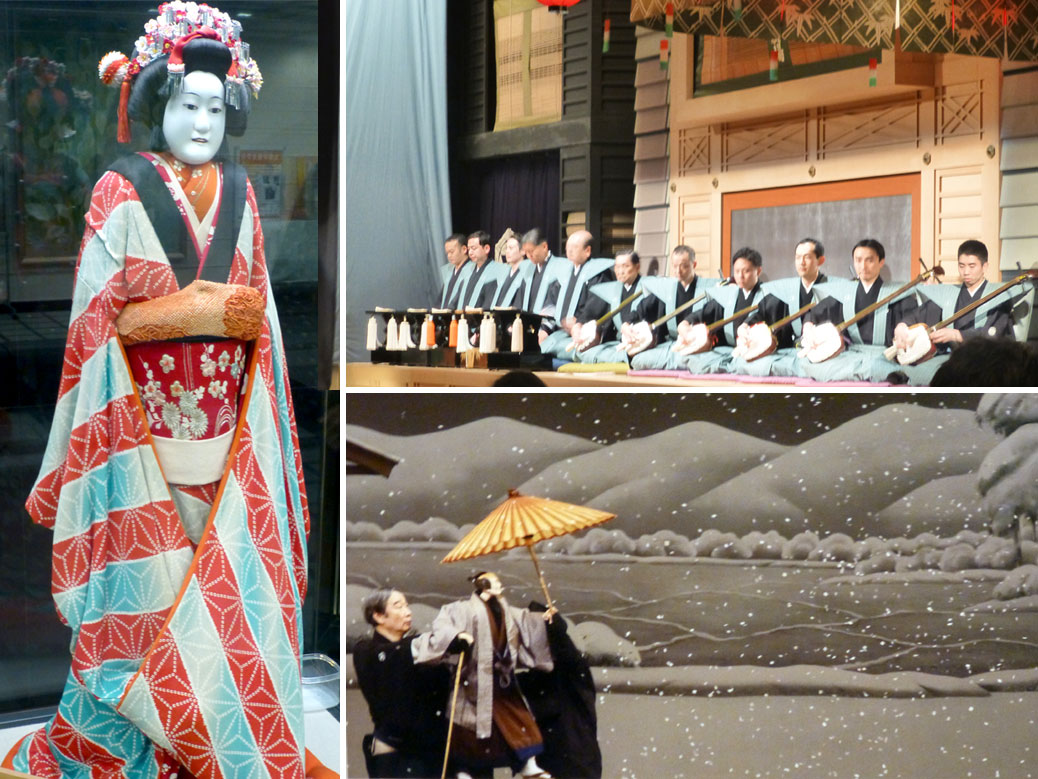
Showtime! Bunraku is a type of puppet theater that was founded in 17th century Osaka. The performance itself begins at 11 a.m. and ends around 9 p.m. It consists of several acts and you can buy tickets for individual acts (about two hours) or the whole day. We opted for the single-act tickets.
The puppets (ningyō) are amazing up-close, standing between three and four feet tall. The heads of the puppets are divided into different classifications based on things like personality and social class and are used in multiple shows, so you can easily tell the heroes from the villains.
During the performance, the puppets are expertly animated by the puppeteers (Ningyōtsukai) and two assistants. While the assistants are dressed in black from head to toe (including a hood), the main Ningyōtsukai becomes part of the performance. The Ningyōtsukai is responsible for constructing their own puppet for the show, making the connection between puppeteer and puppet very personal.
For me, the highlight was the narrators (Tayū) and shamisen musicians, who sit side-by-side at the side of the stage. A different pair is revealed for each act from behind a rotating wall. The information provided at the performance says “The narrator and the shamisen player, in their twin positions, seem to be trying to top the other in artistry… but in fact they are in perfect unison: neither leads and neither follows.” It was a perfect description as each stood out in their artistry, but in a way that fit together. The shamisen is a three-stringed guitar and has that traditional Japanese music sound. The Tayū stretch and strain their voices as they fill the roles of all of the characters as well as that of the narrator.
While the performance was in Japanese (an English “gist” was provided in print and a more in-depth “gist” could be rented in recorded form), the artistry of the whole thing outweighed the story, which was quite violent and soap-opera-esque. By the end of the story, several characters were killed off and more than one revealed themselves to be disguised as someone else.
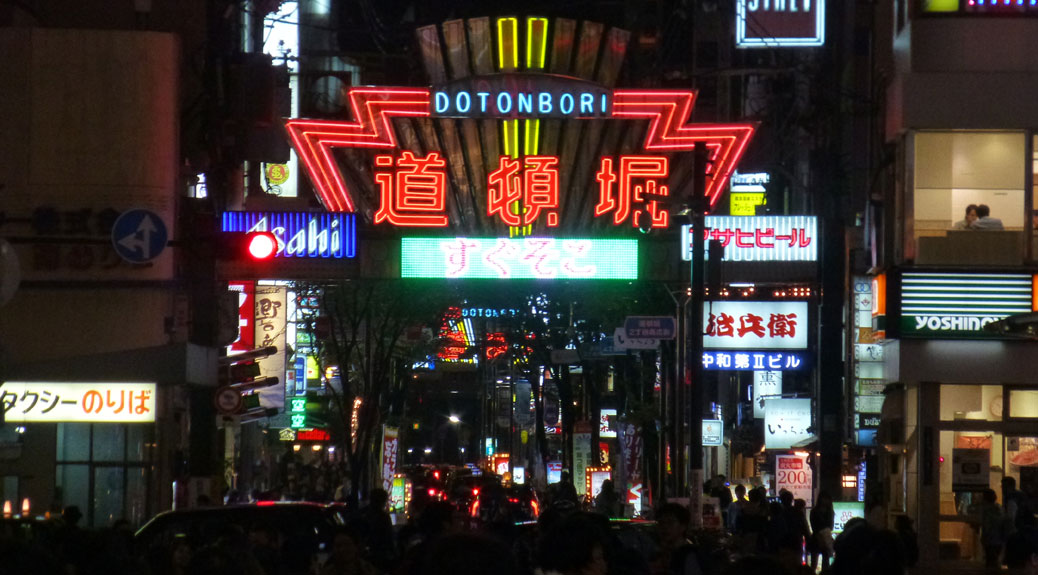
After the show, we headed back into Dōtonbori. By now, the neon signs illuminated the night and the crowds packed in tight for the quintessential Osaka photographs. Dōtonbori itself is just a collection of restaurants, shops and clubs, but the environment is energetic and highly entertaining.
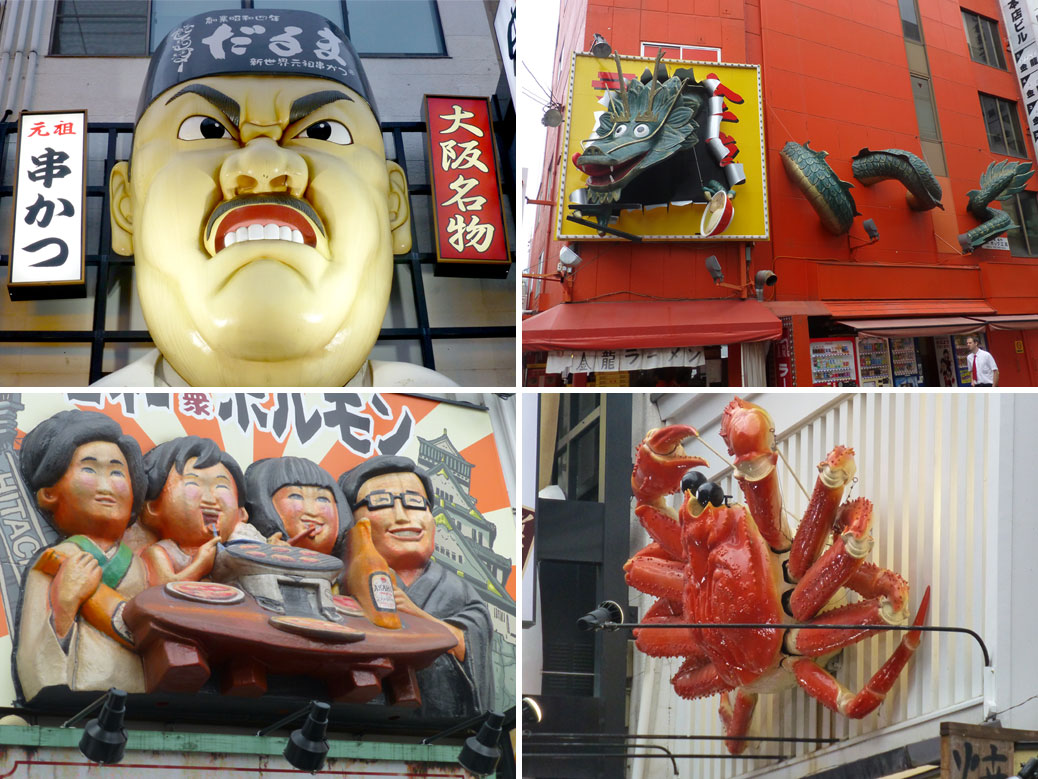
In addition to the ornate and playful static signs mounted above most of the restaurants, several were also animatronic, willing you with their subtle wiggling toward their offer of goods and services. We took a few laps around the area, had the aforementioned okonomiyaki fix and headed back to our apartment to rest up. Our Kansai adventure had only just begun!
Cascadian Abroad :45
I’m trying something new with this trip. Pictures are great, but so much of the experience is, well, experiential. I thought it’d be great to share some moving images to provide a better feel for some of our adventures. Since our video camera is also our point-and-shoot camera and I’m a terrible videographer, I’m going to condense the essence of the trip into a 45-second video. Quick and easy to watch, plus a lower risk of motion sickness from my shaky hand! Here’s the first one… enjoy!


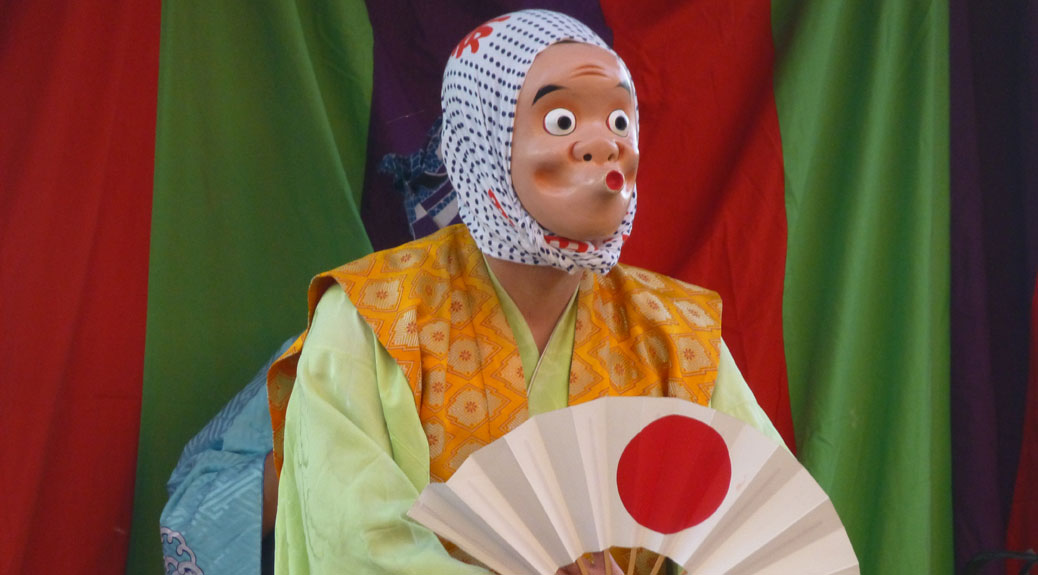
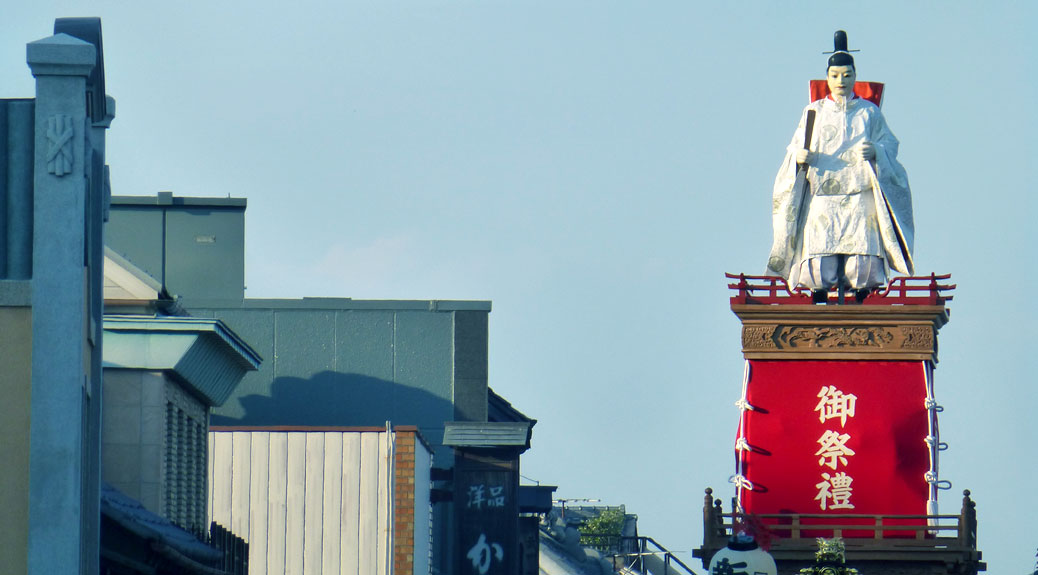
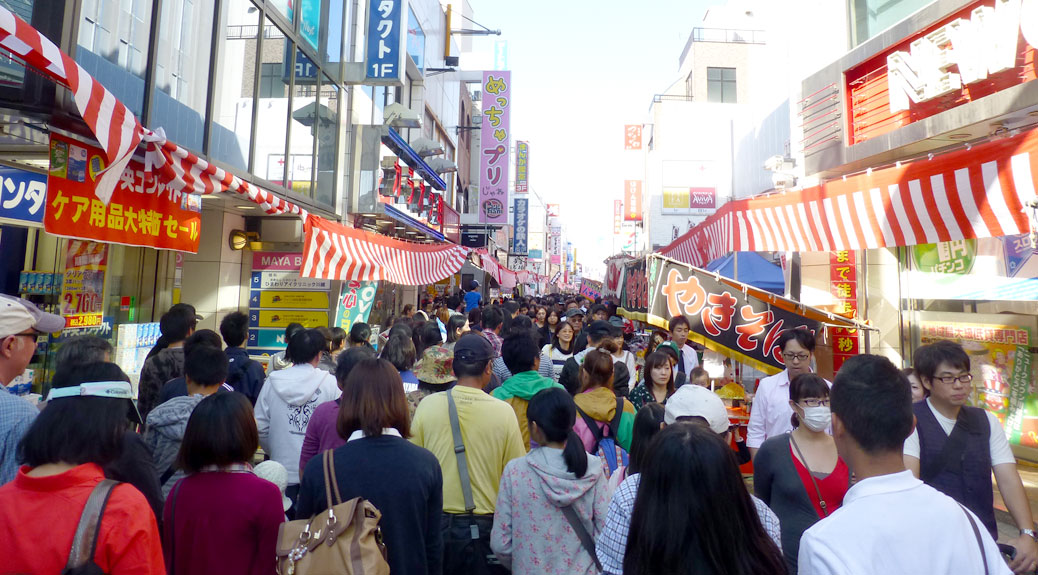
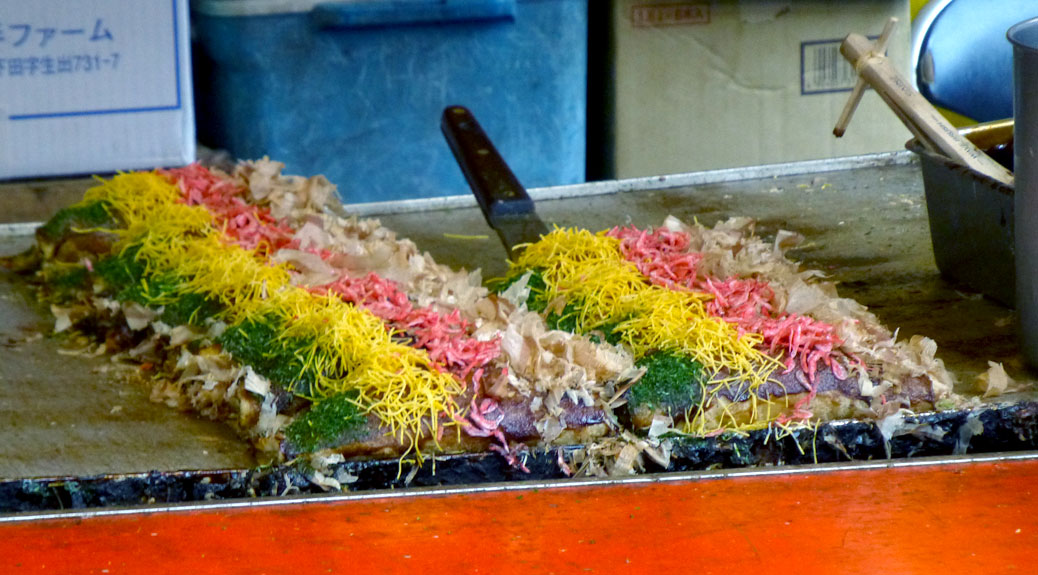
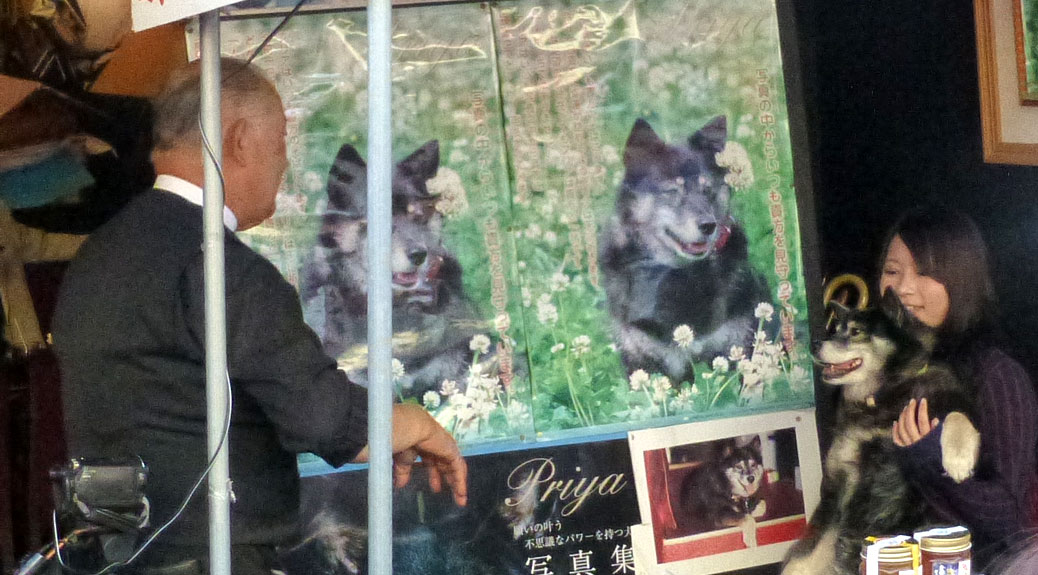
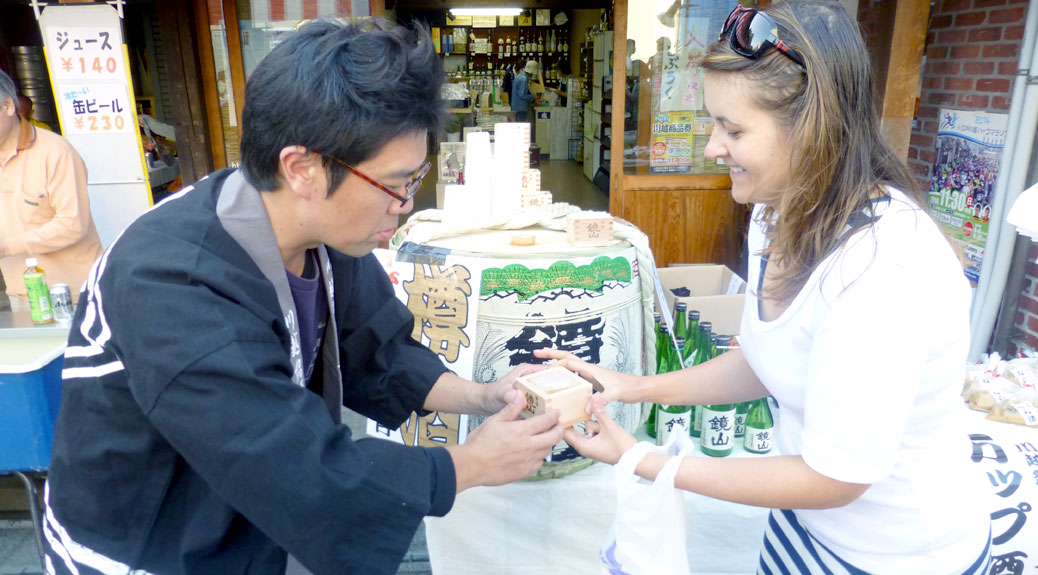
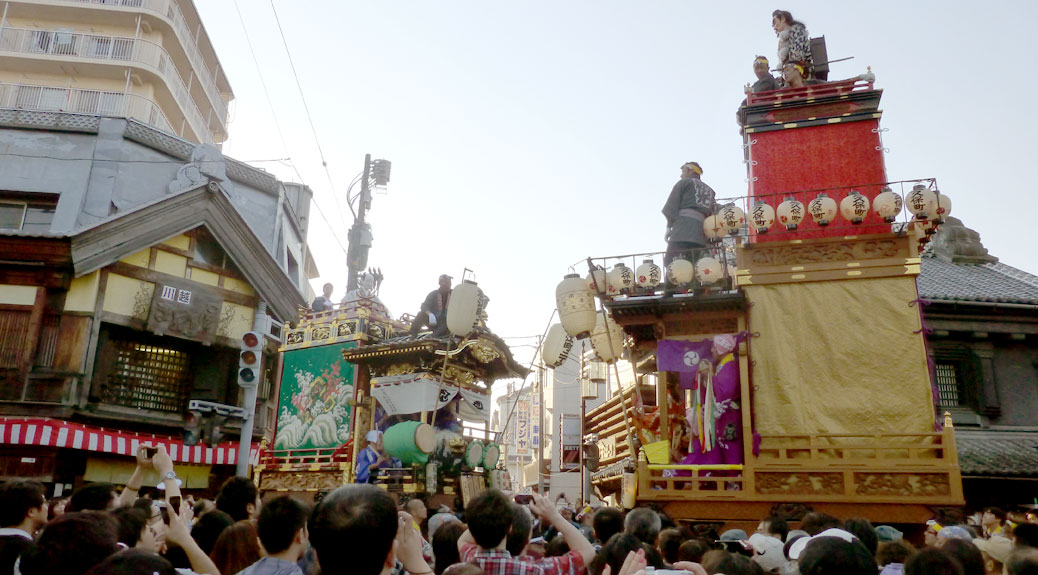
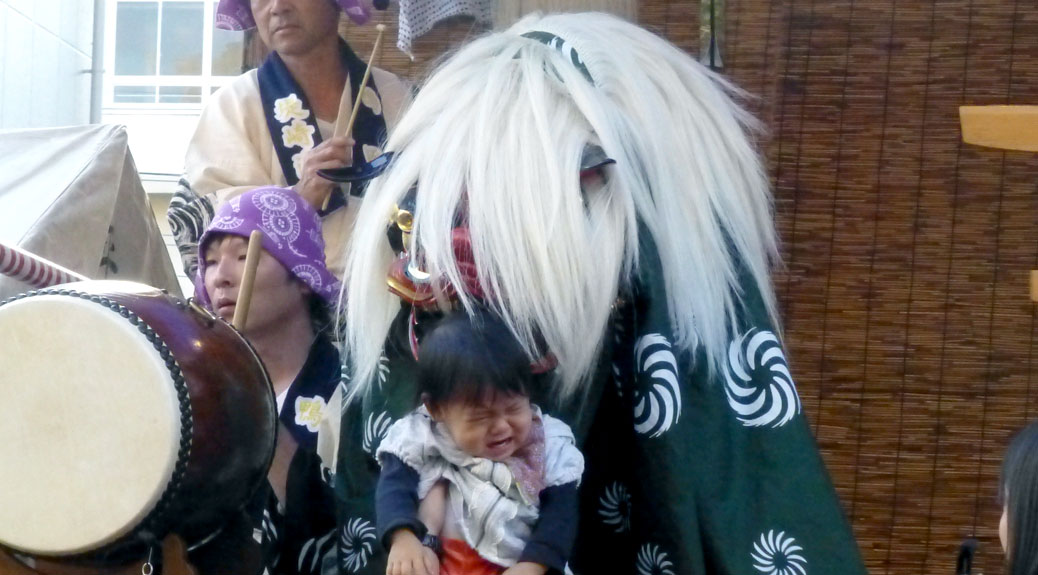
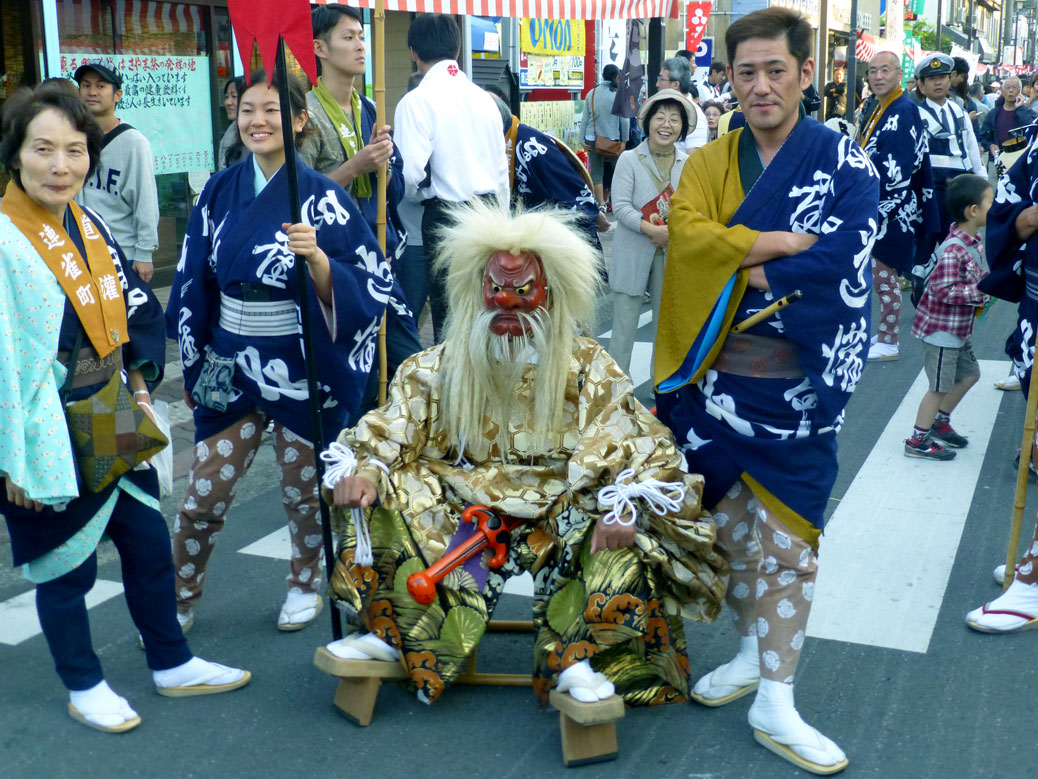
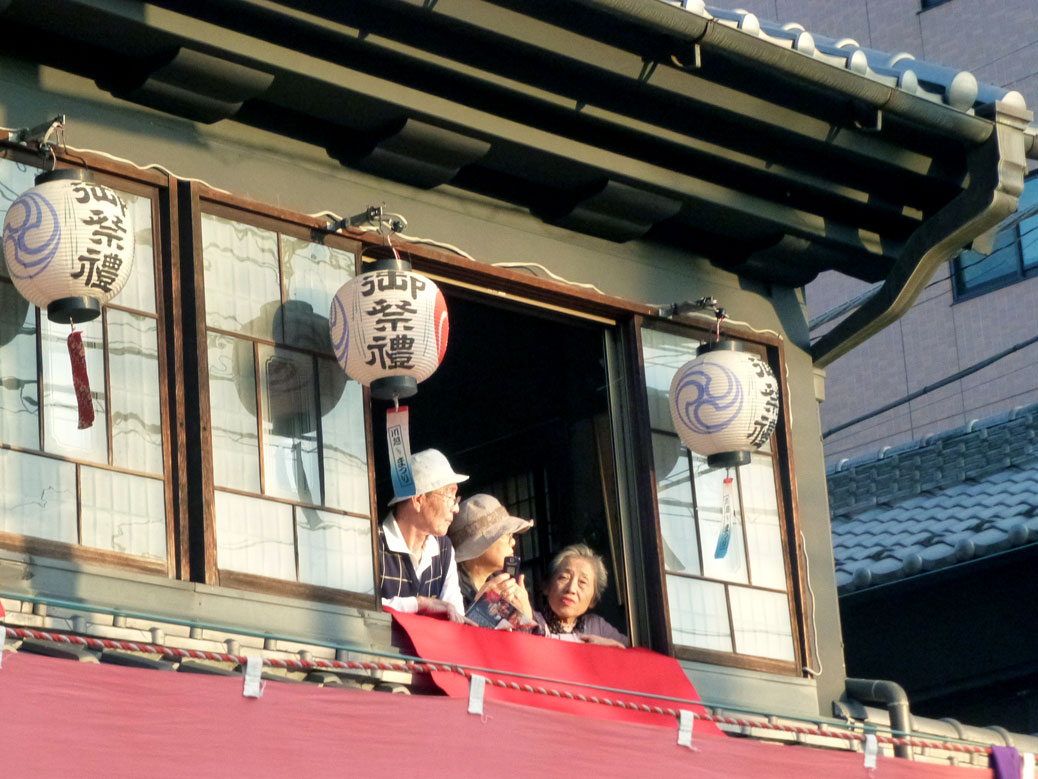
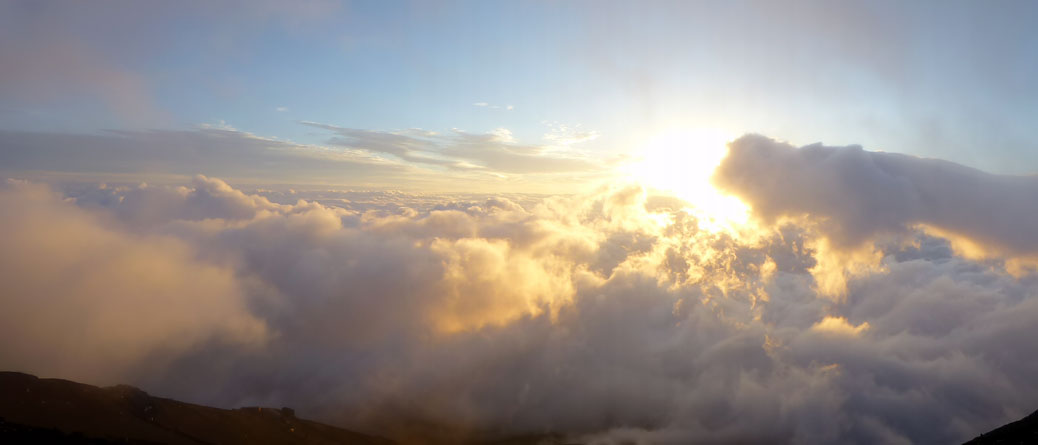
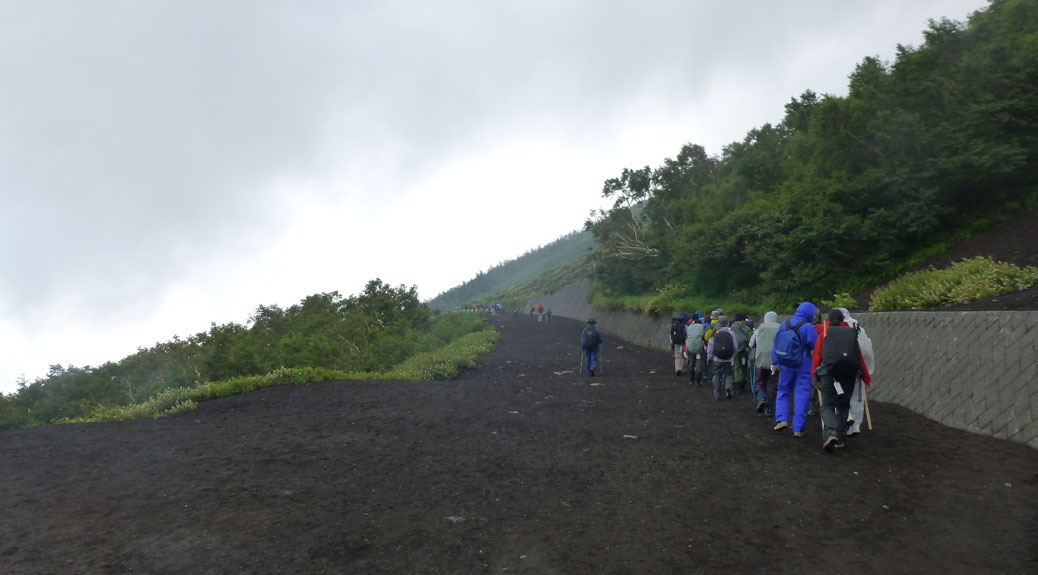
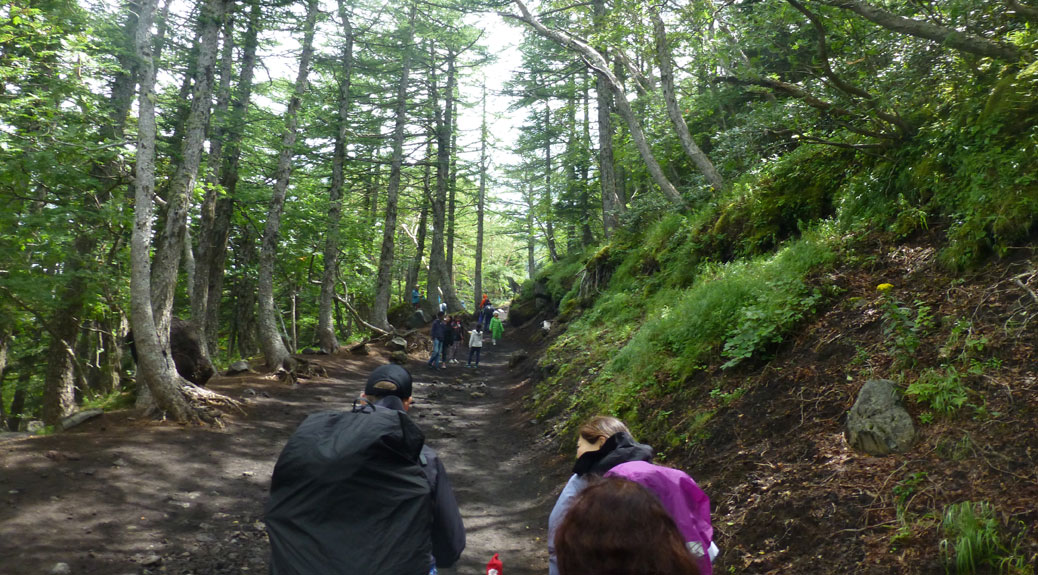
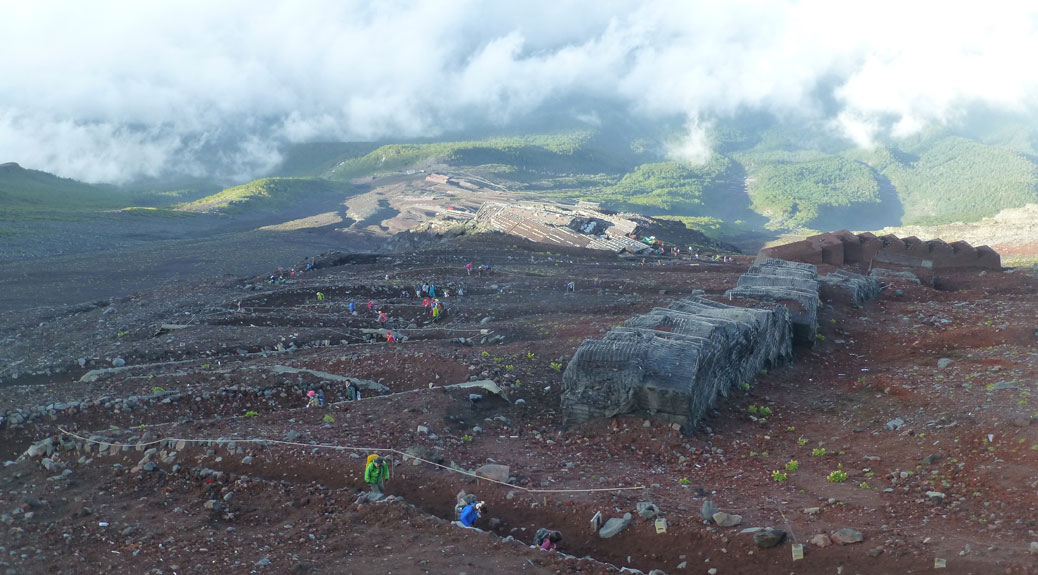
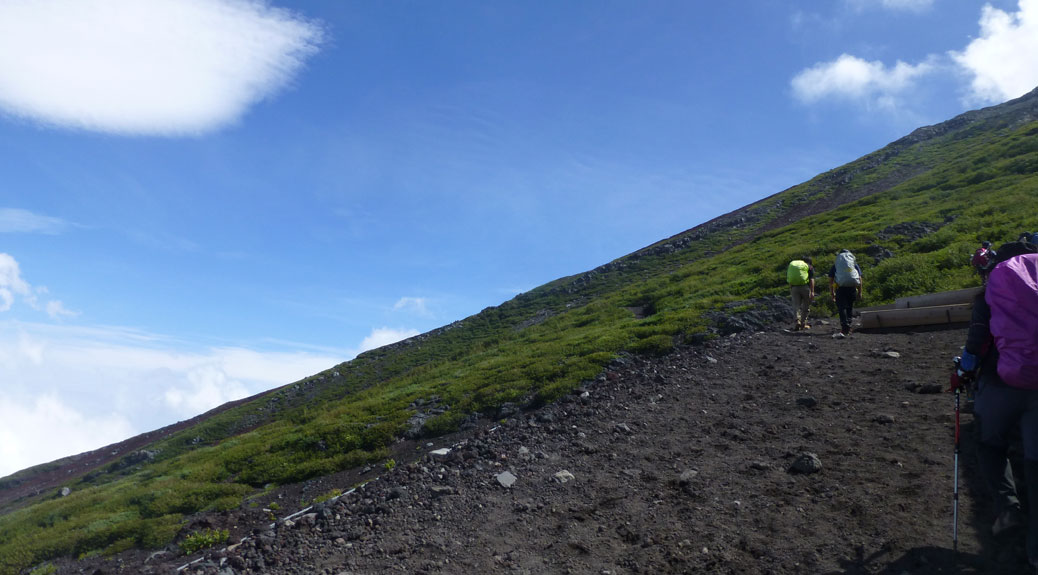
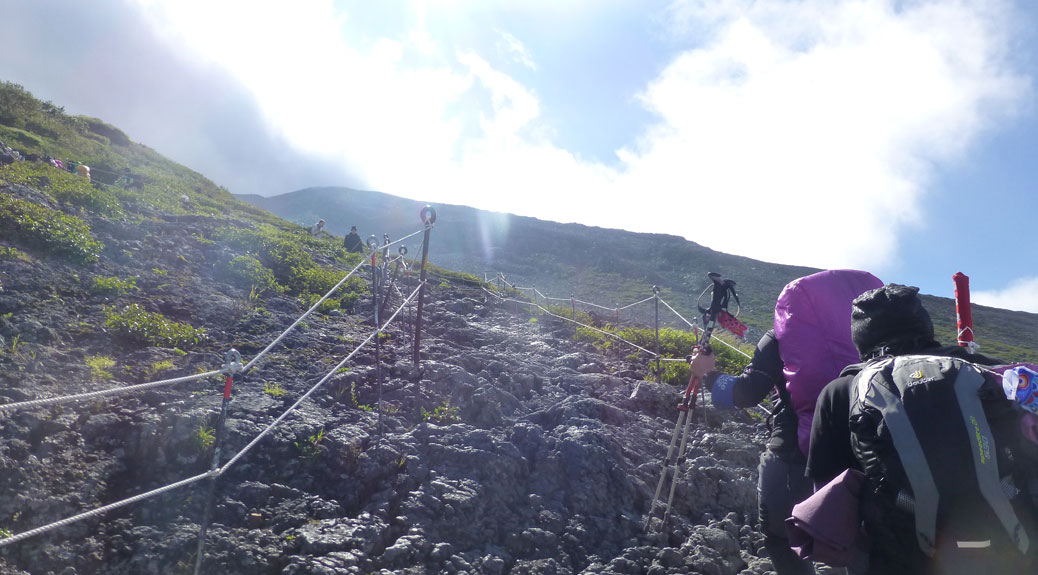

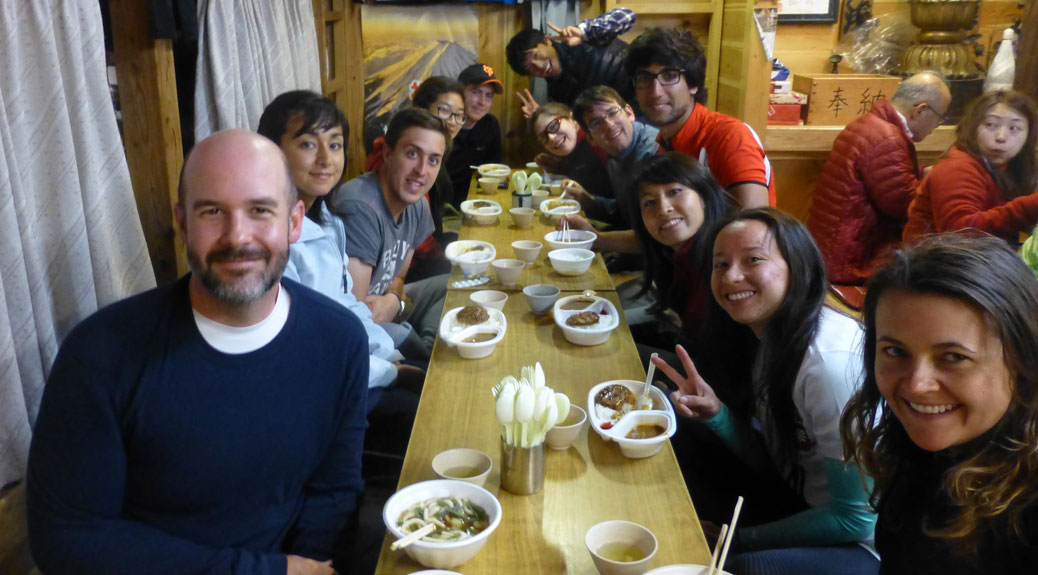

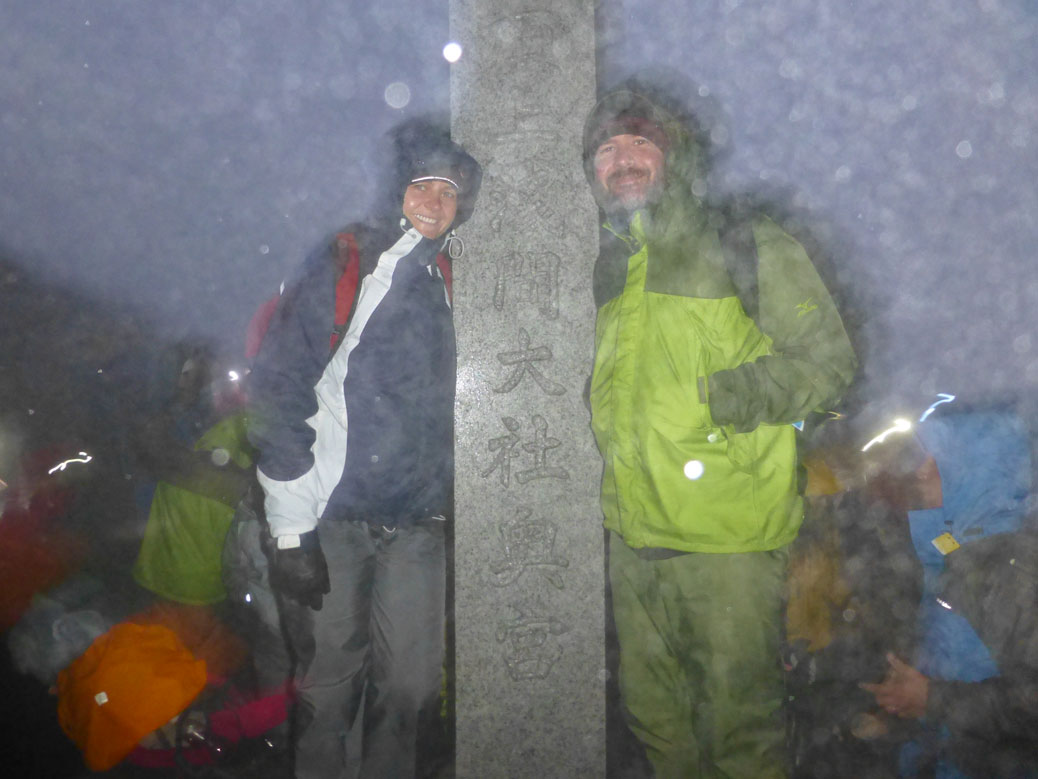
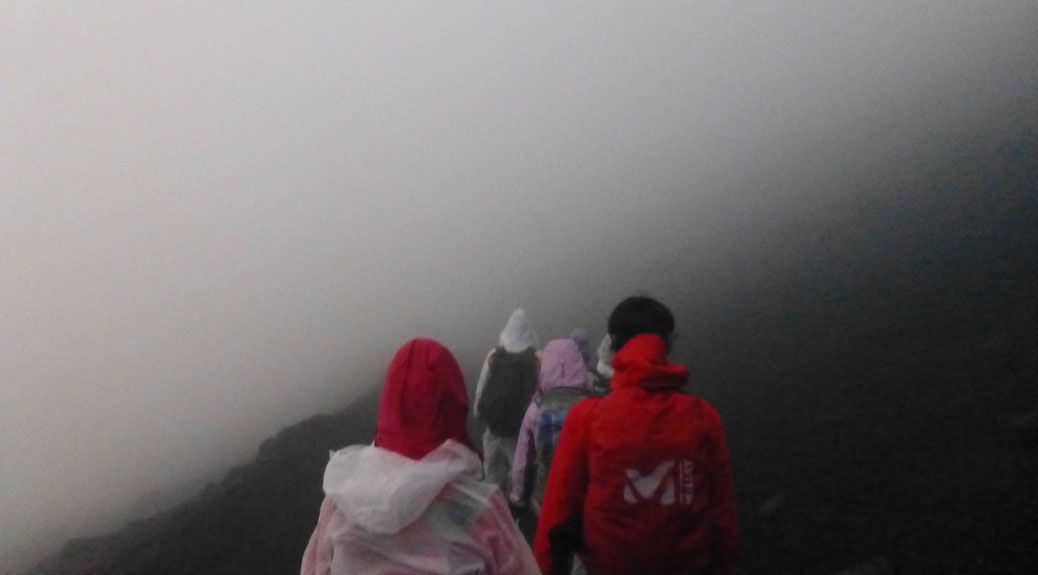
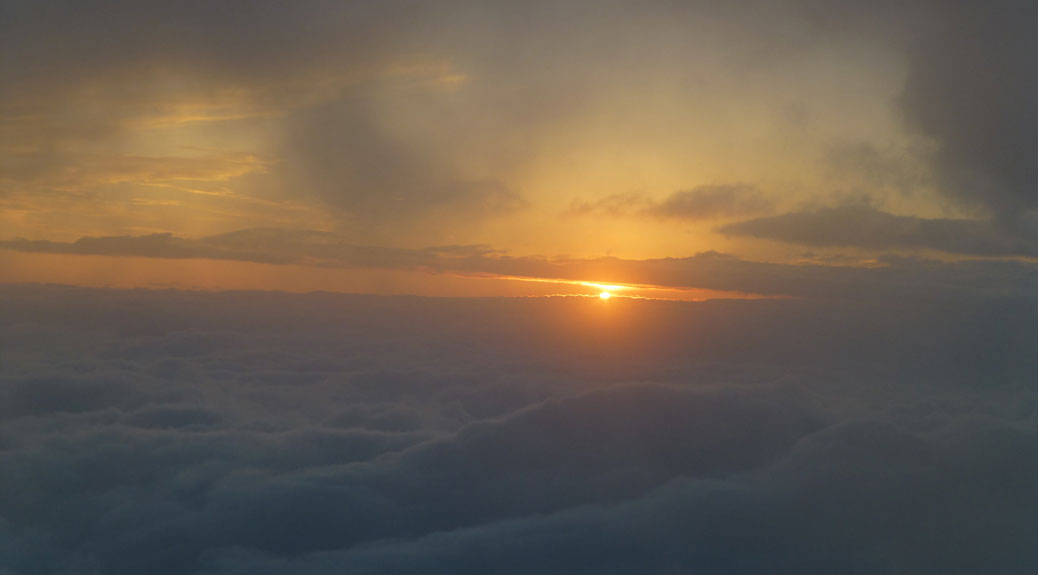
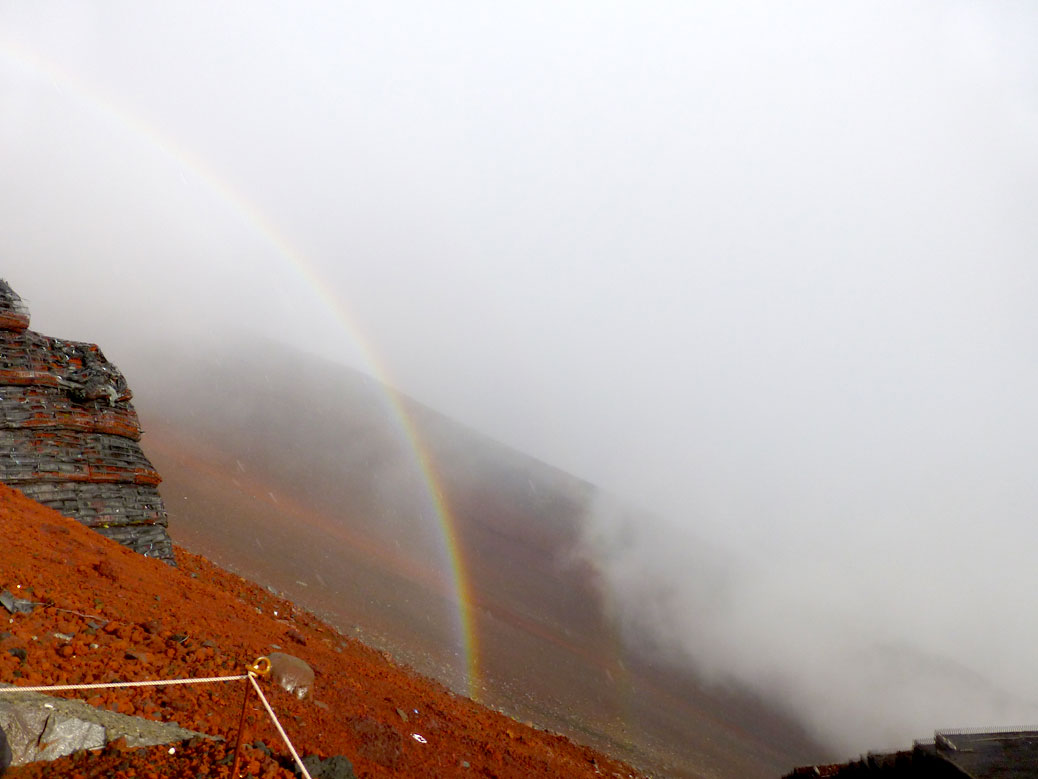
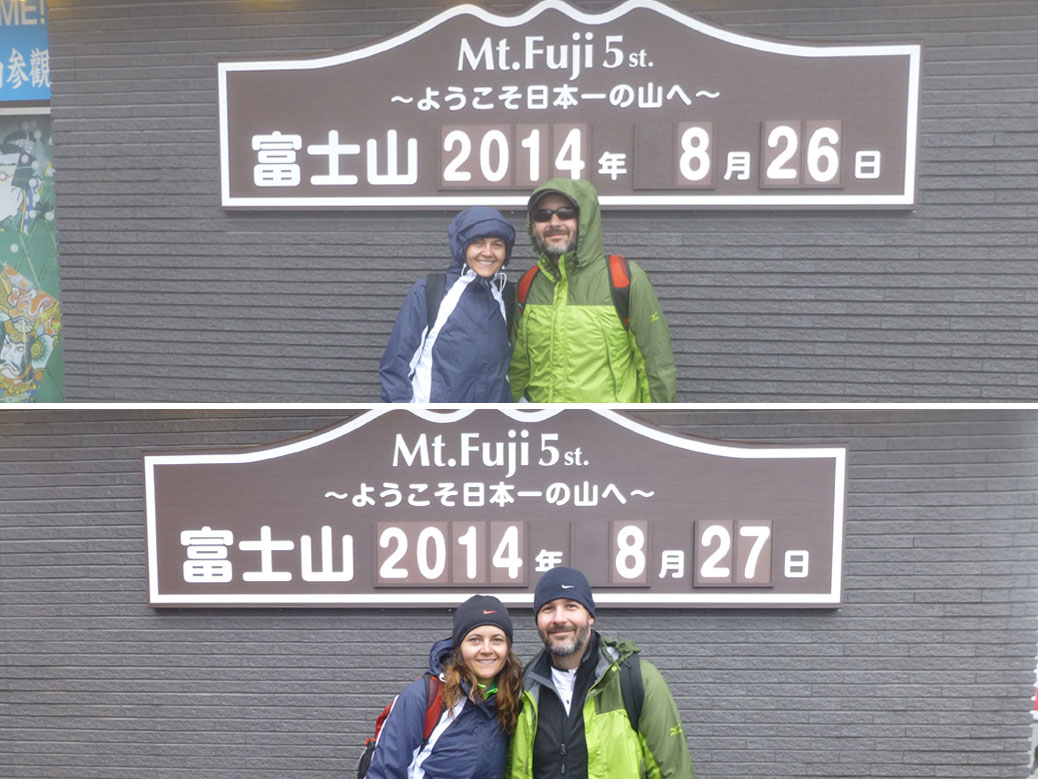
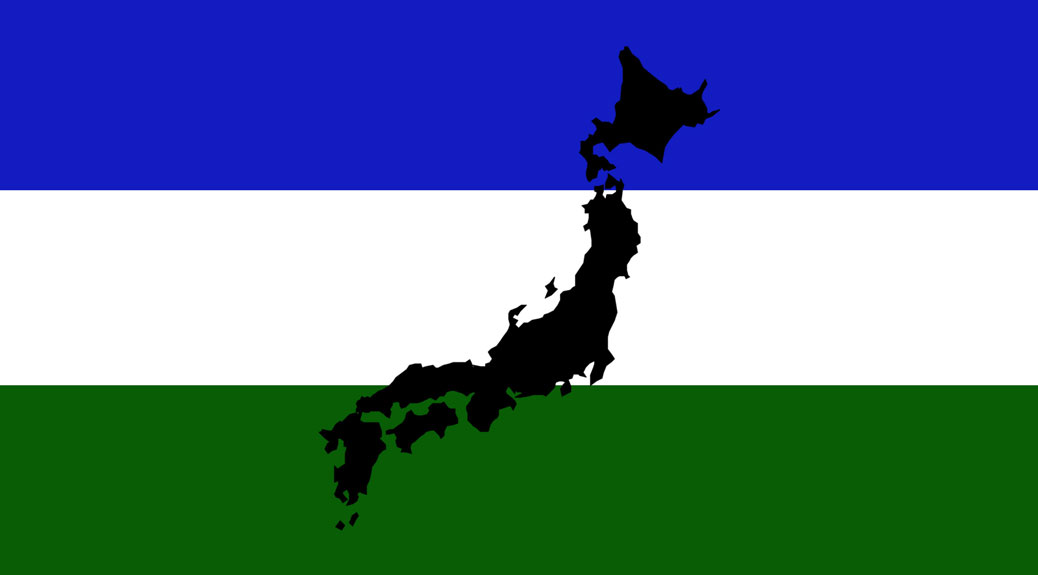
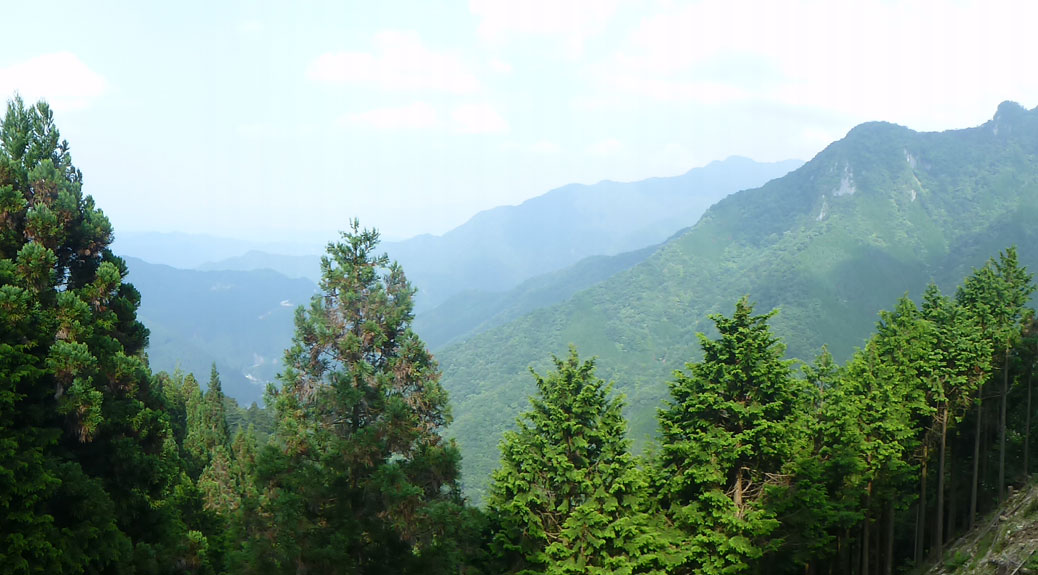
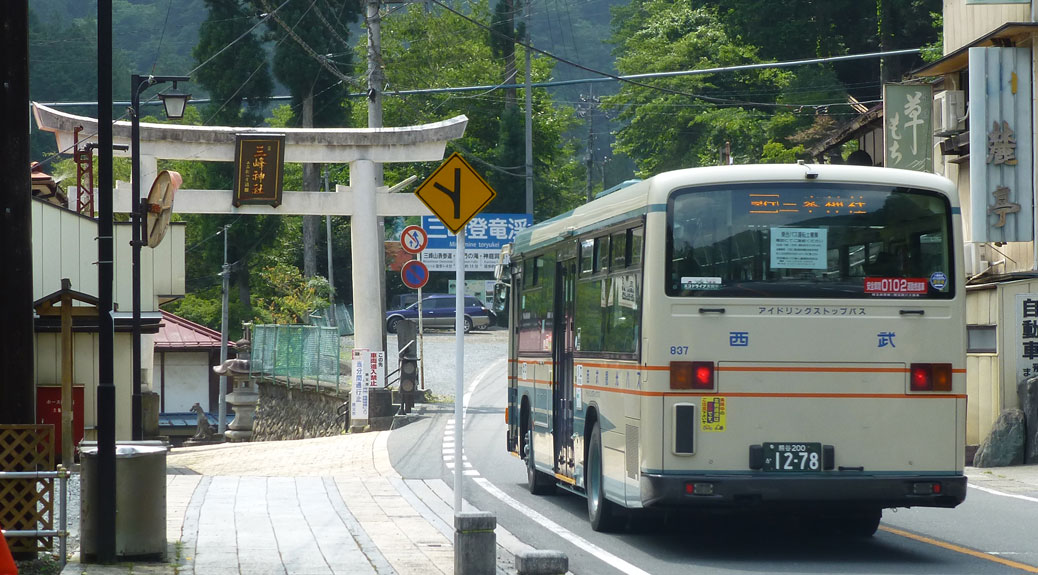

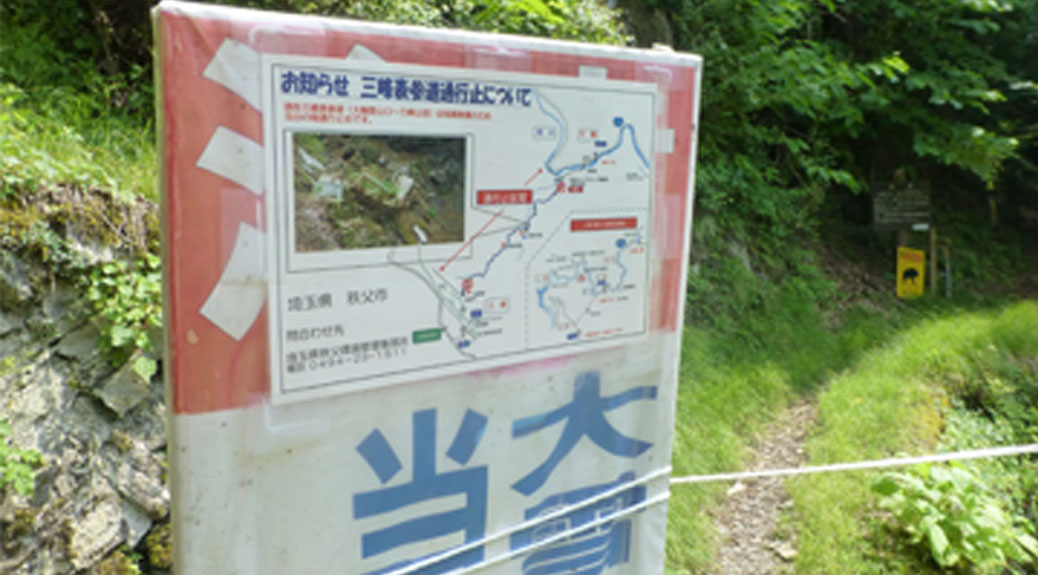
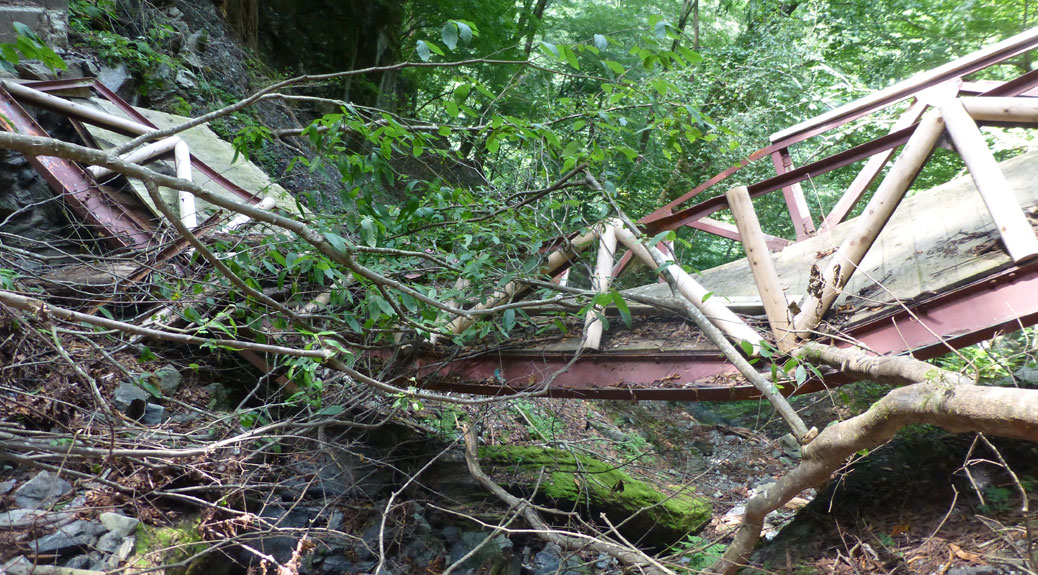
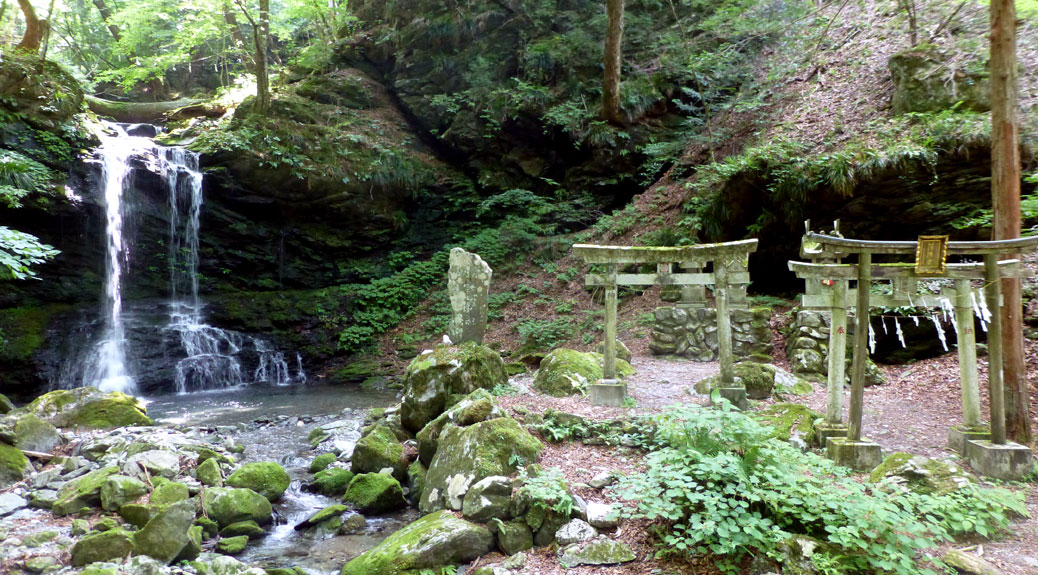
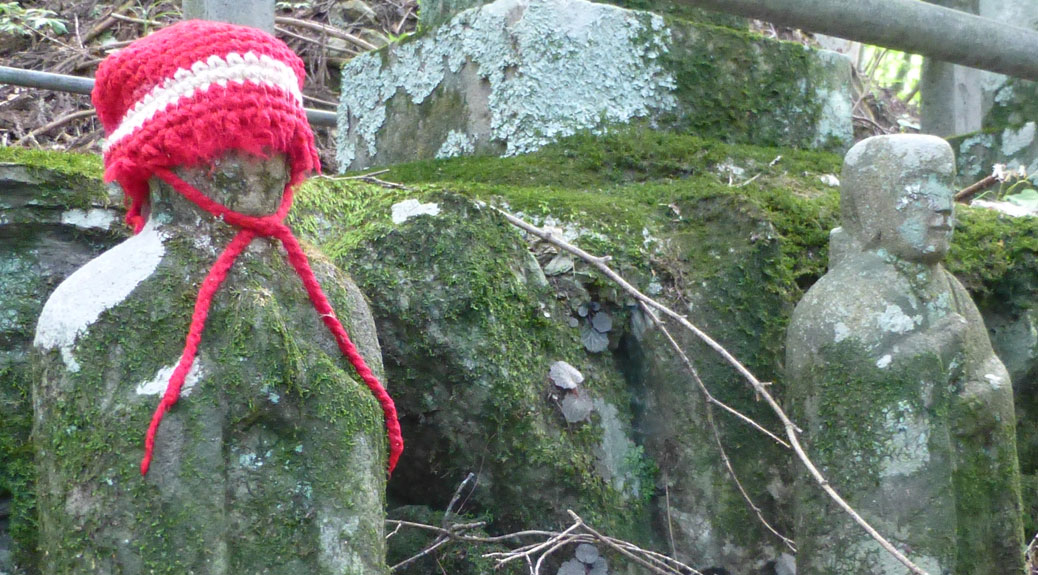
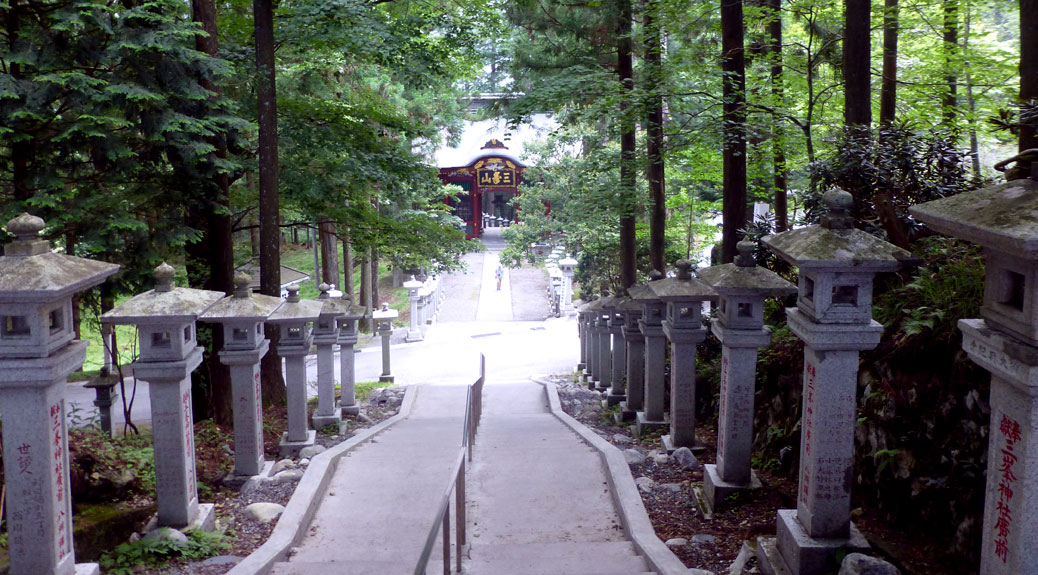
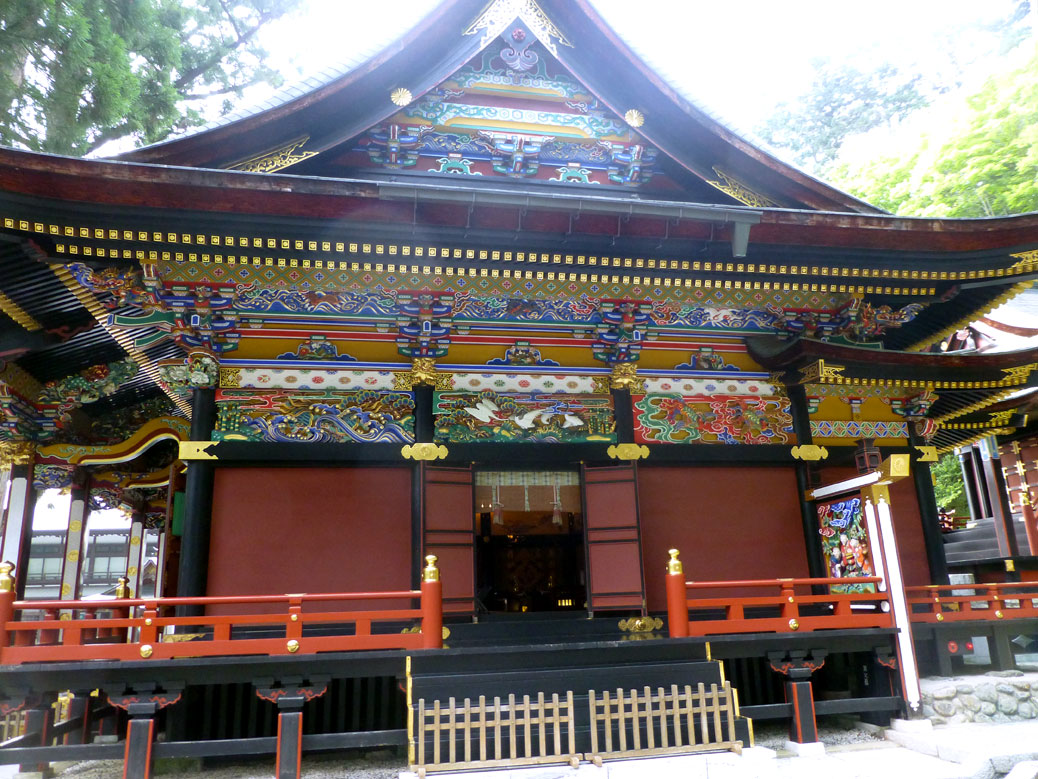
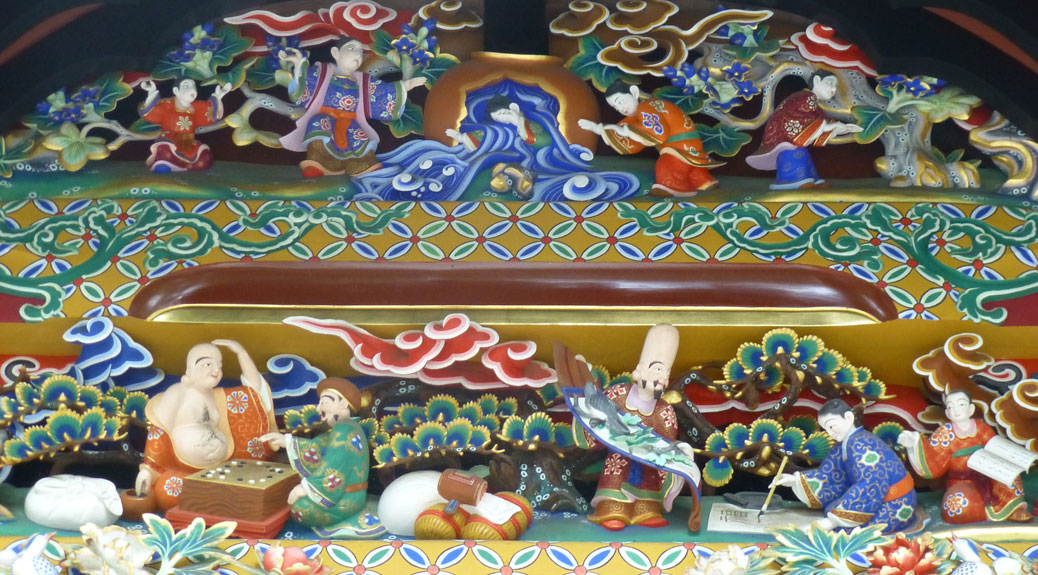
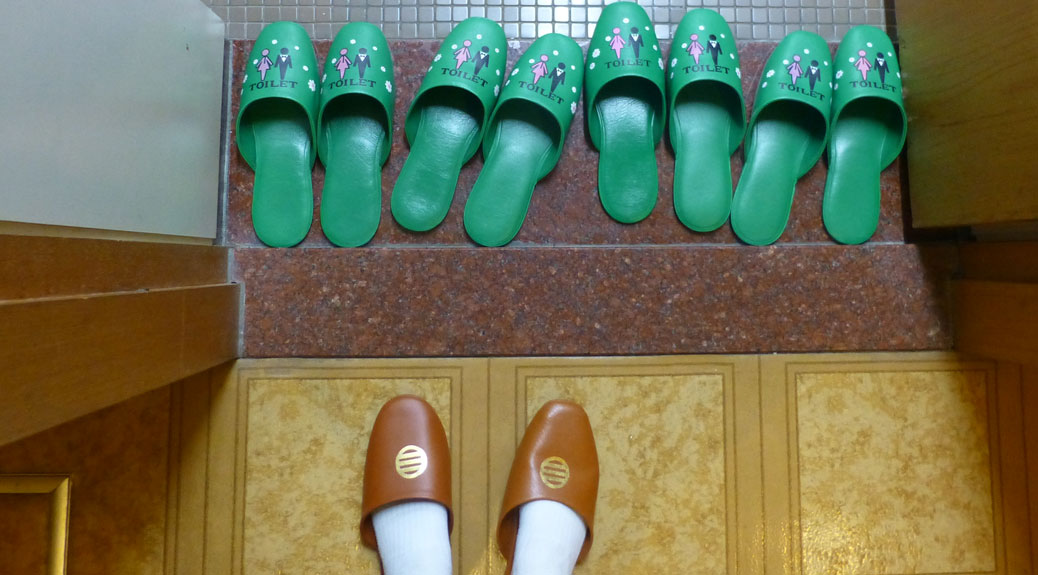
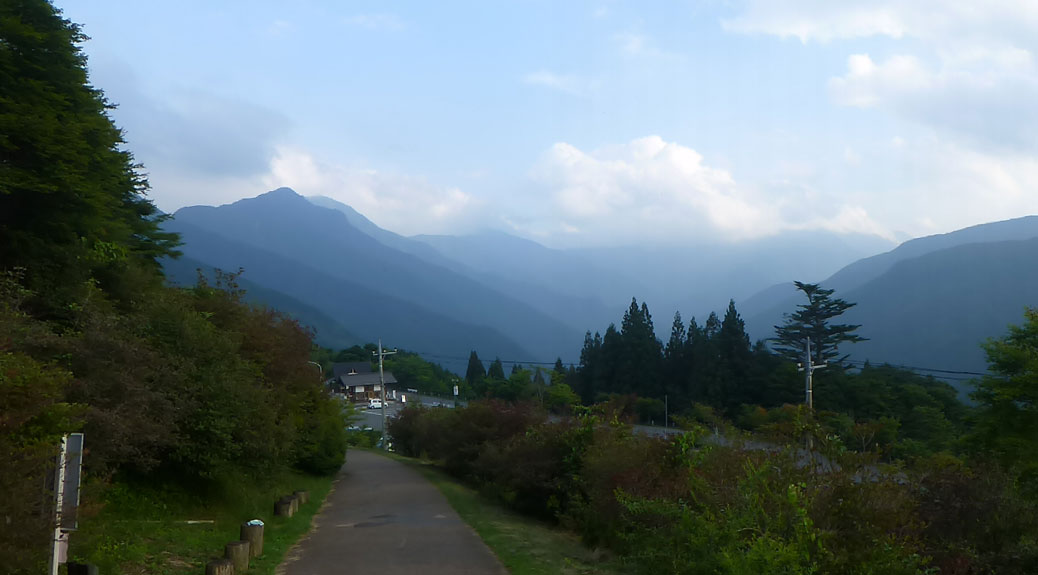

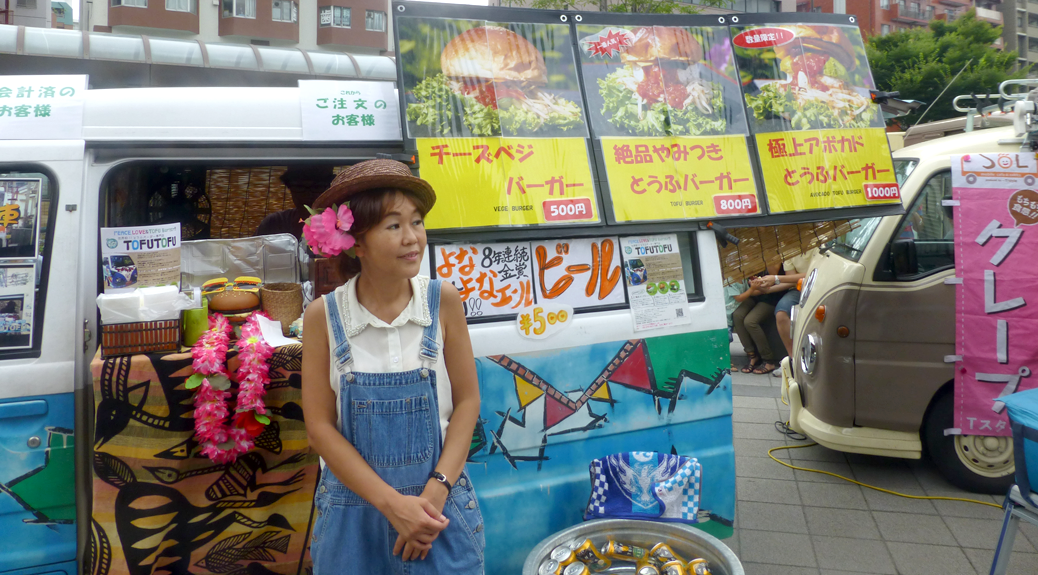
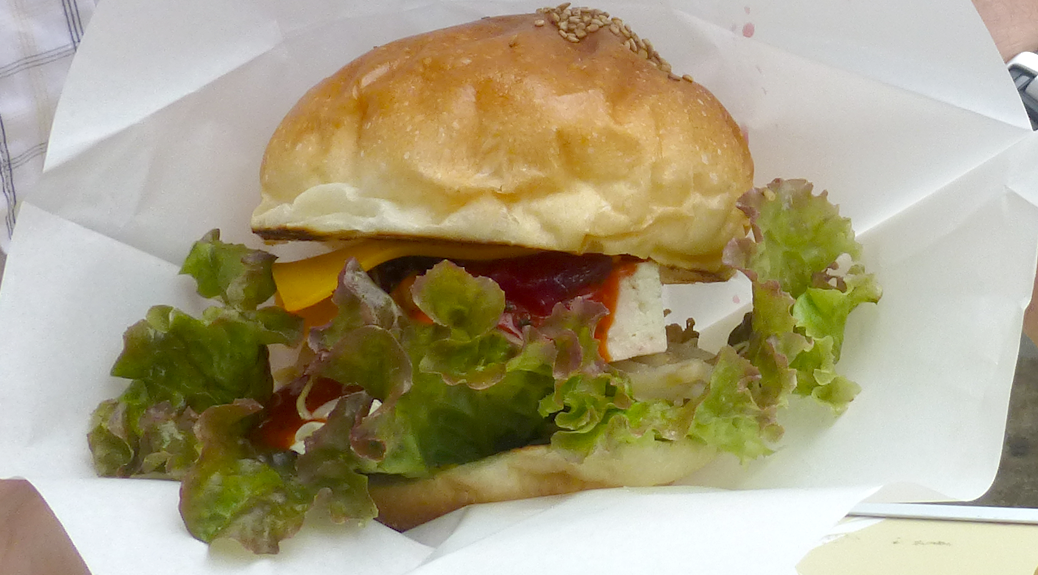
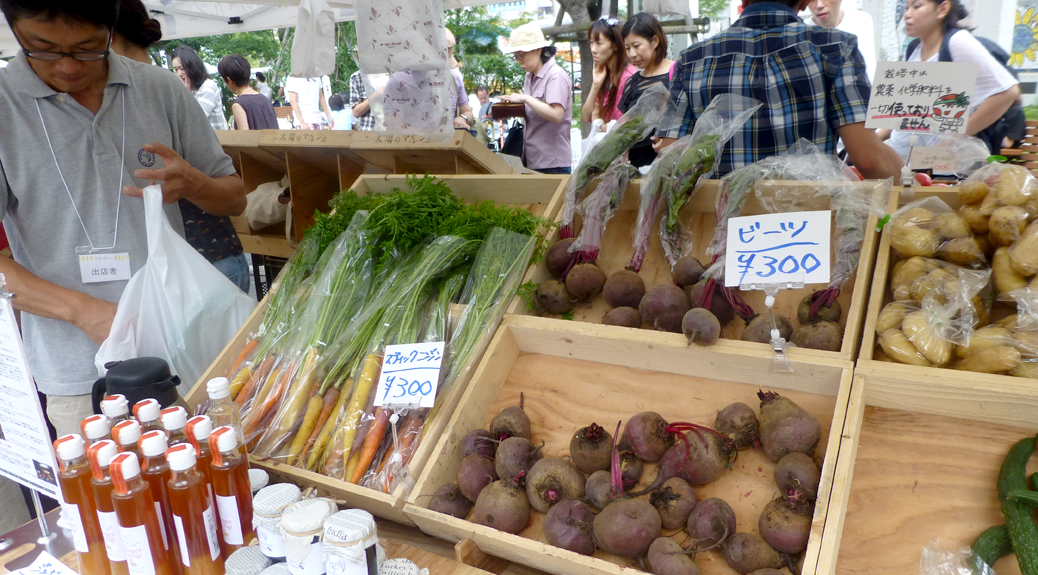
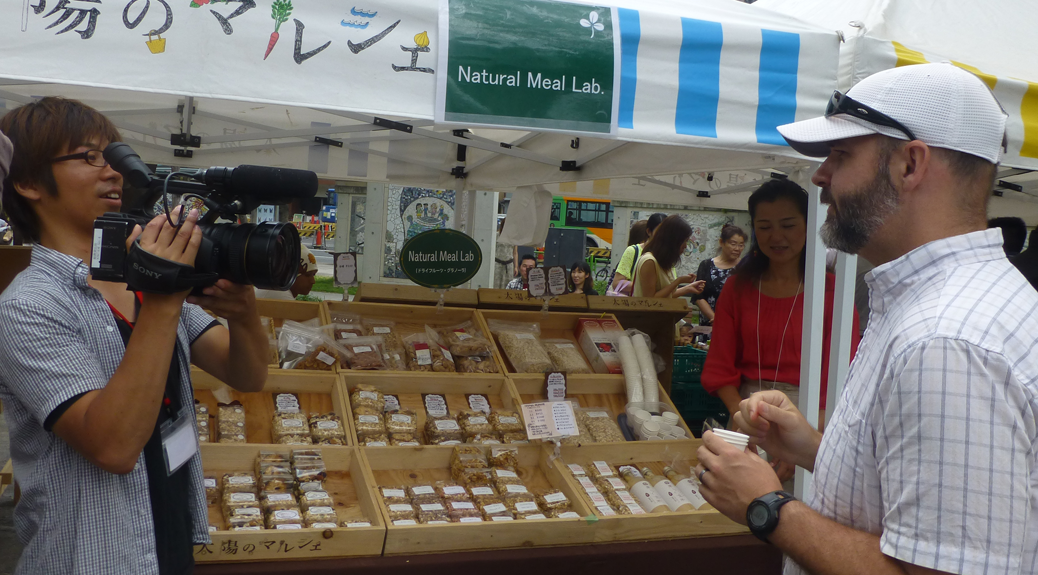
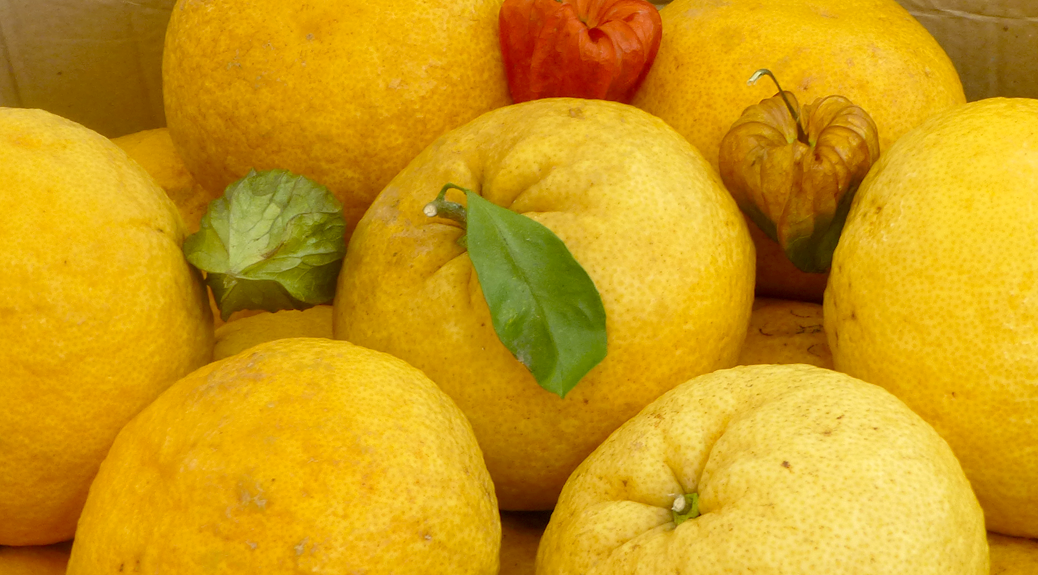
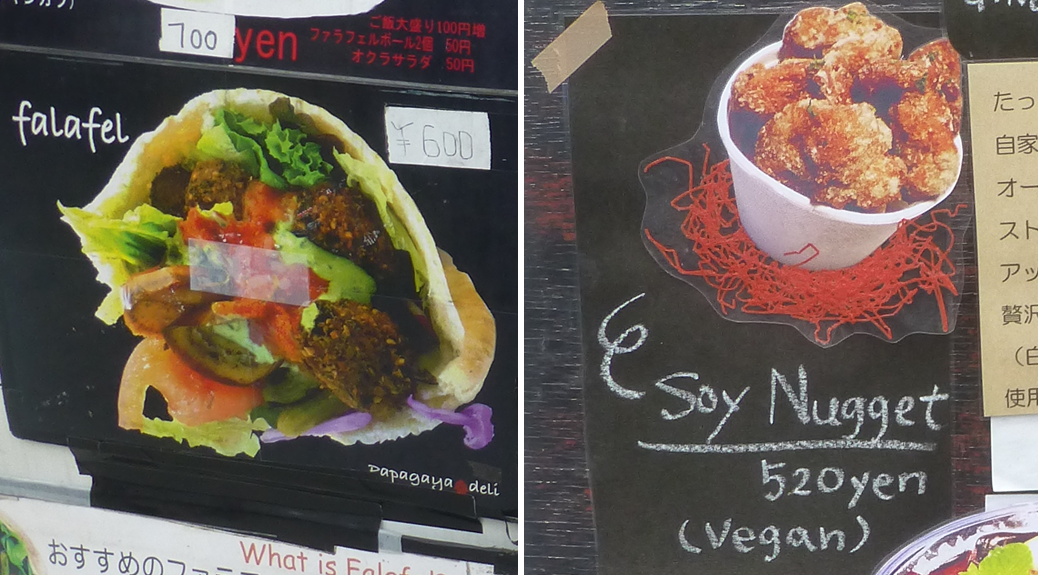
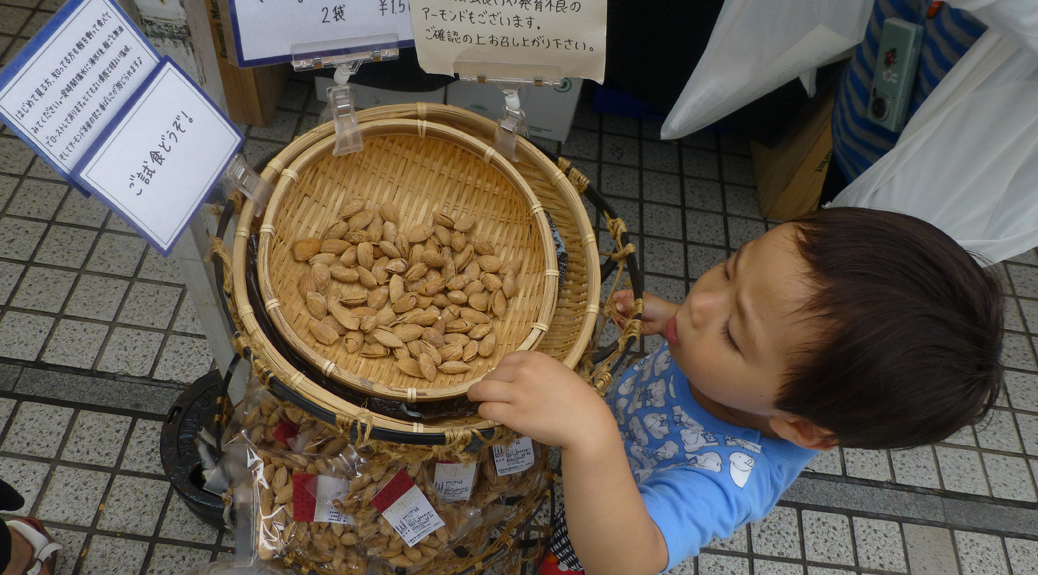

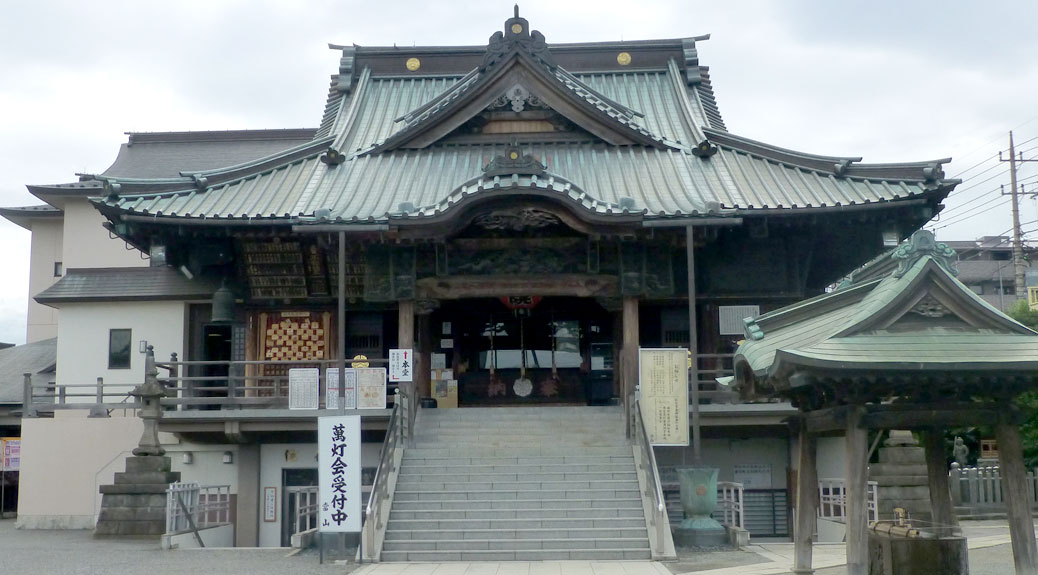



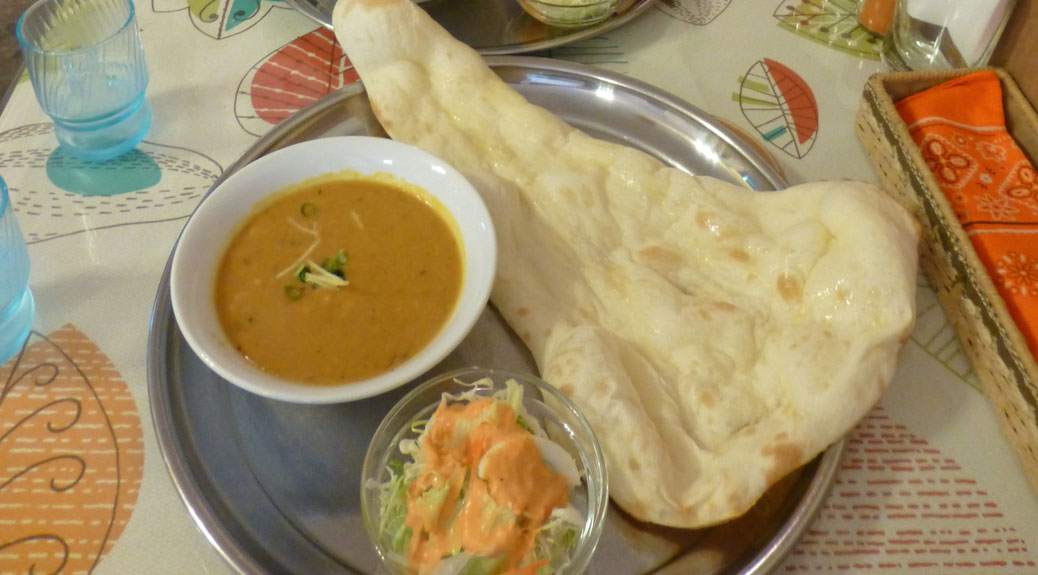

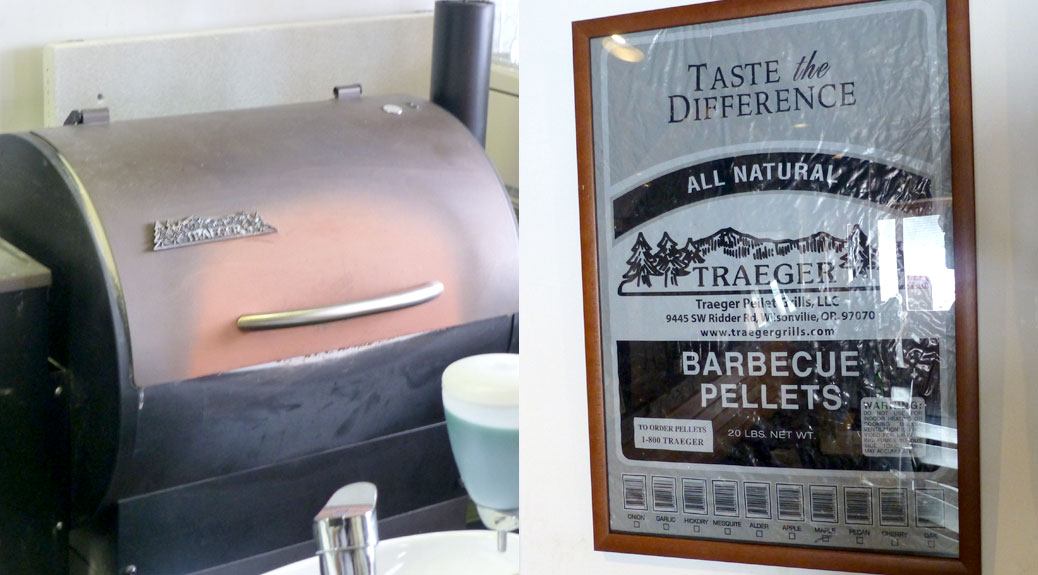
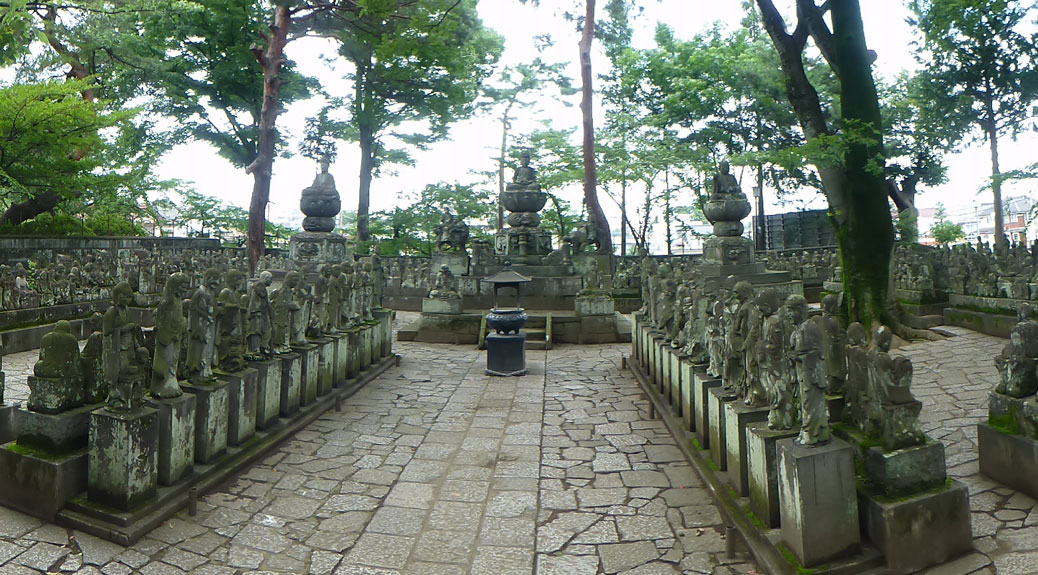
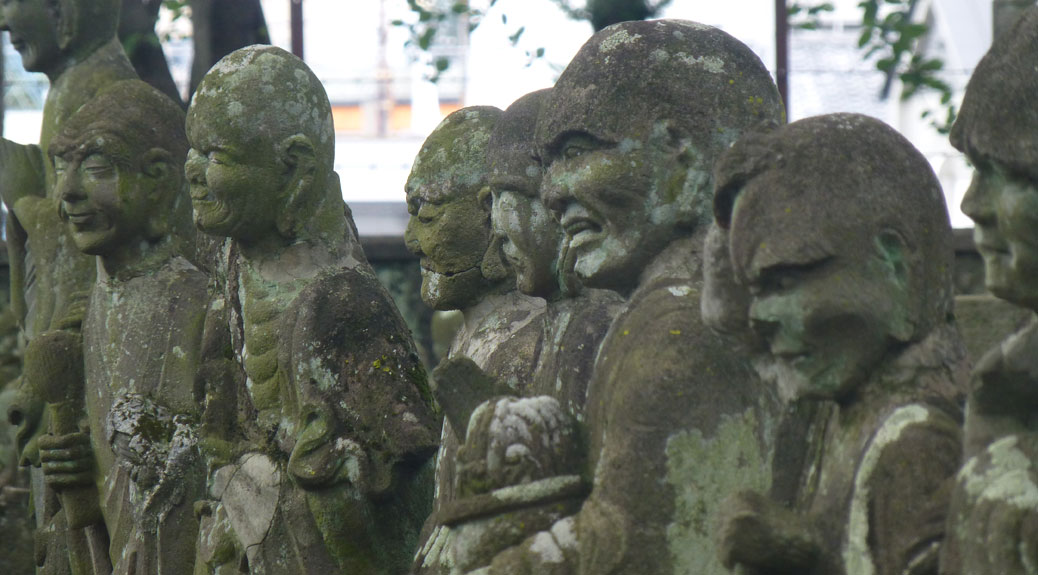

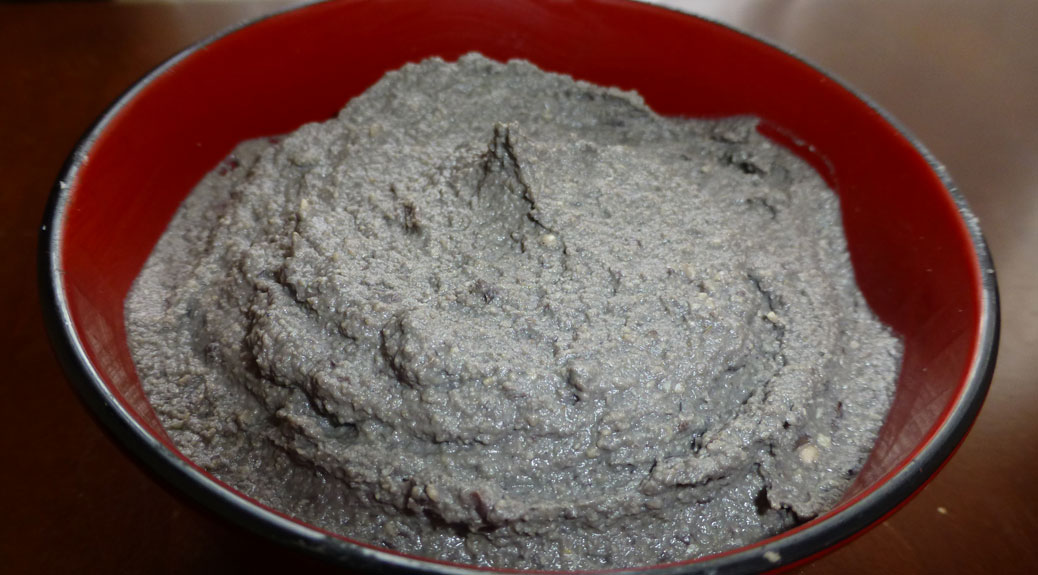
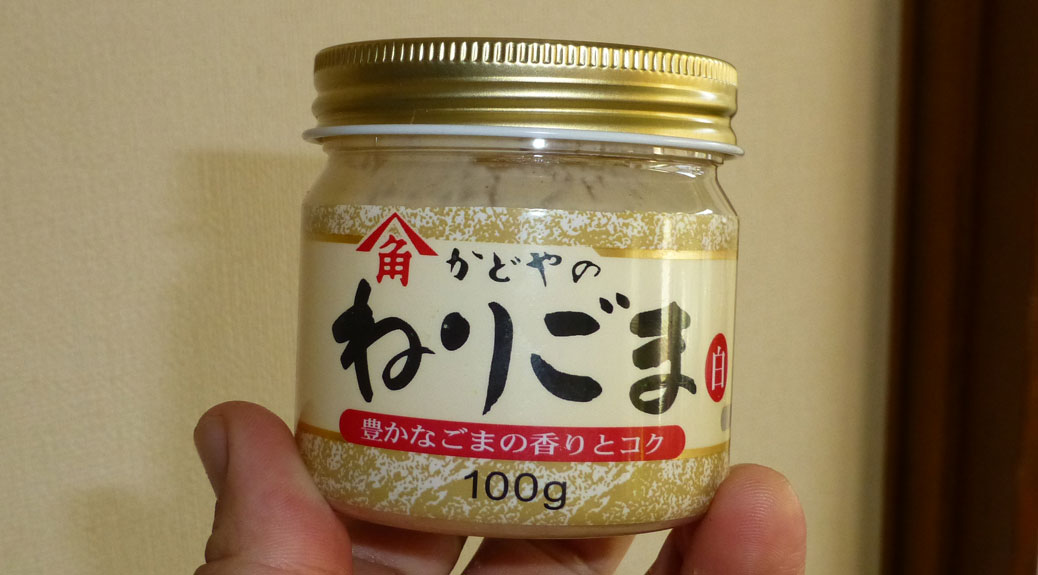


 This batch yielded two thick, hearty servings. If you like your soup a bit more “soupy,” you could stretch this to four servings by streaming in additional broth during the blending process to get the desired texture. Enjoy!
This batch yielded two thick, hearty servings. If you like your soup a bit more “soupy,” you could stretch this to four servings by streaming in additional broth during the blending process to get the desired texture. Enjoy!
